Renewal
In these post-industrial landscapes, life doesn't simply return—it invents new forms of beauty. Each bloom, seed, and unfurling frond captures the future taking root in the transformed soil of the past as a new celebration of biodiversity.
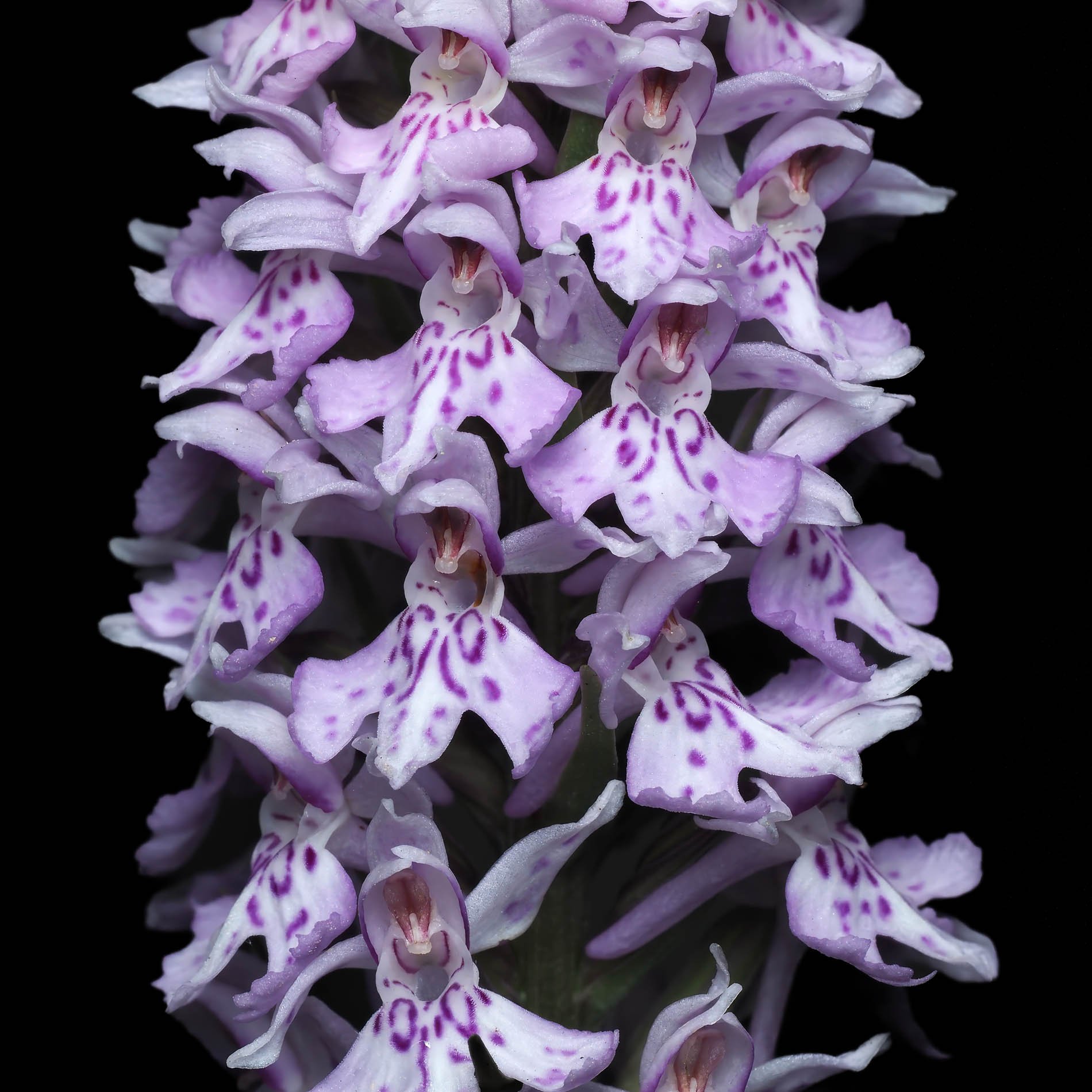
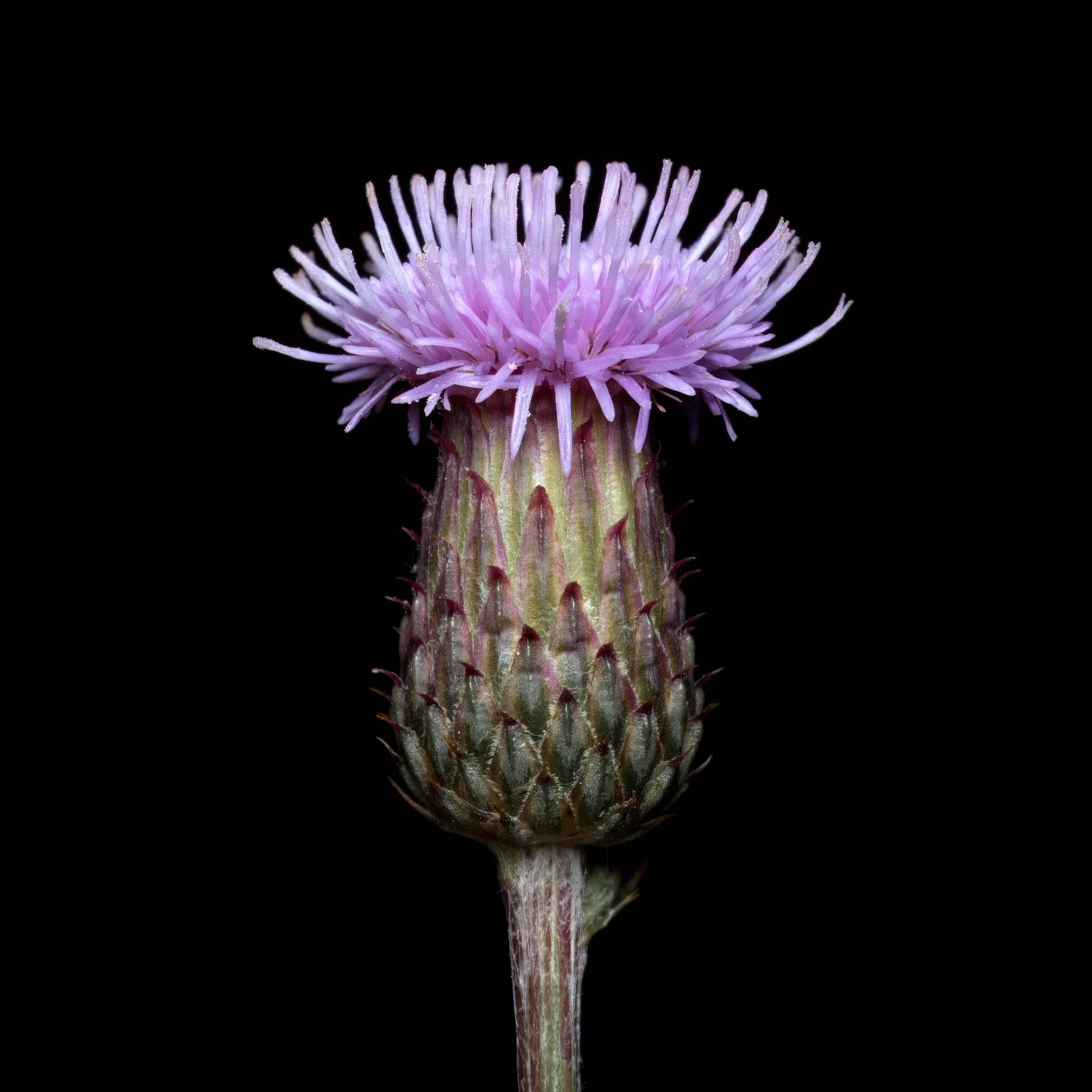
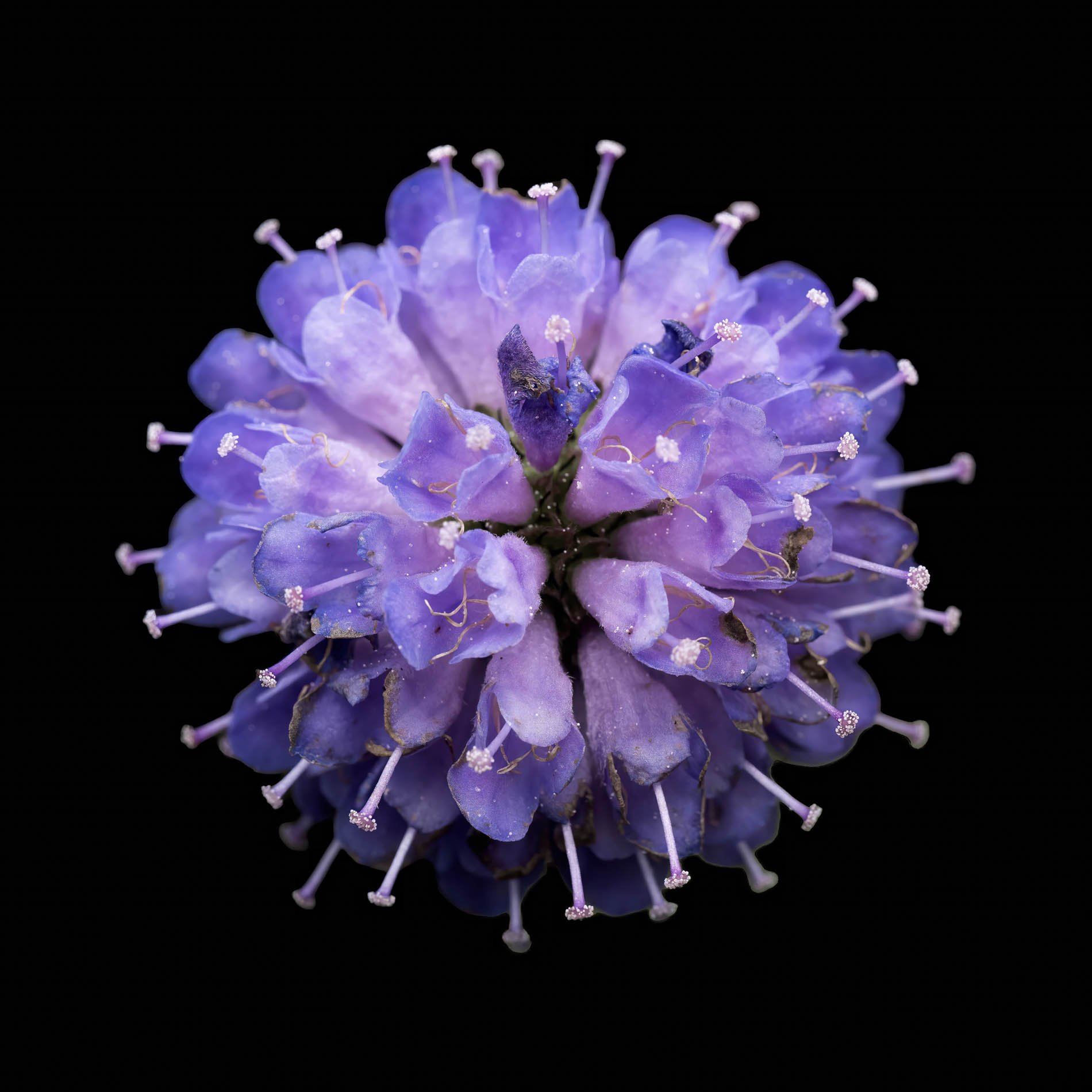
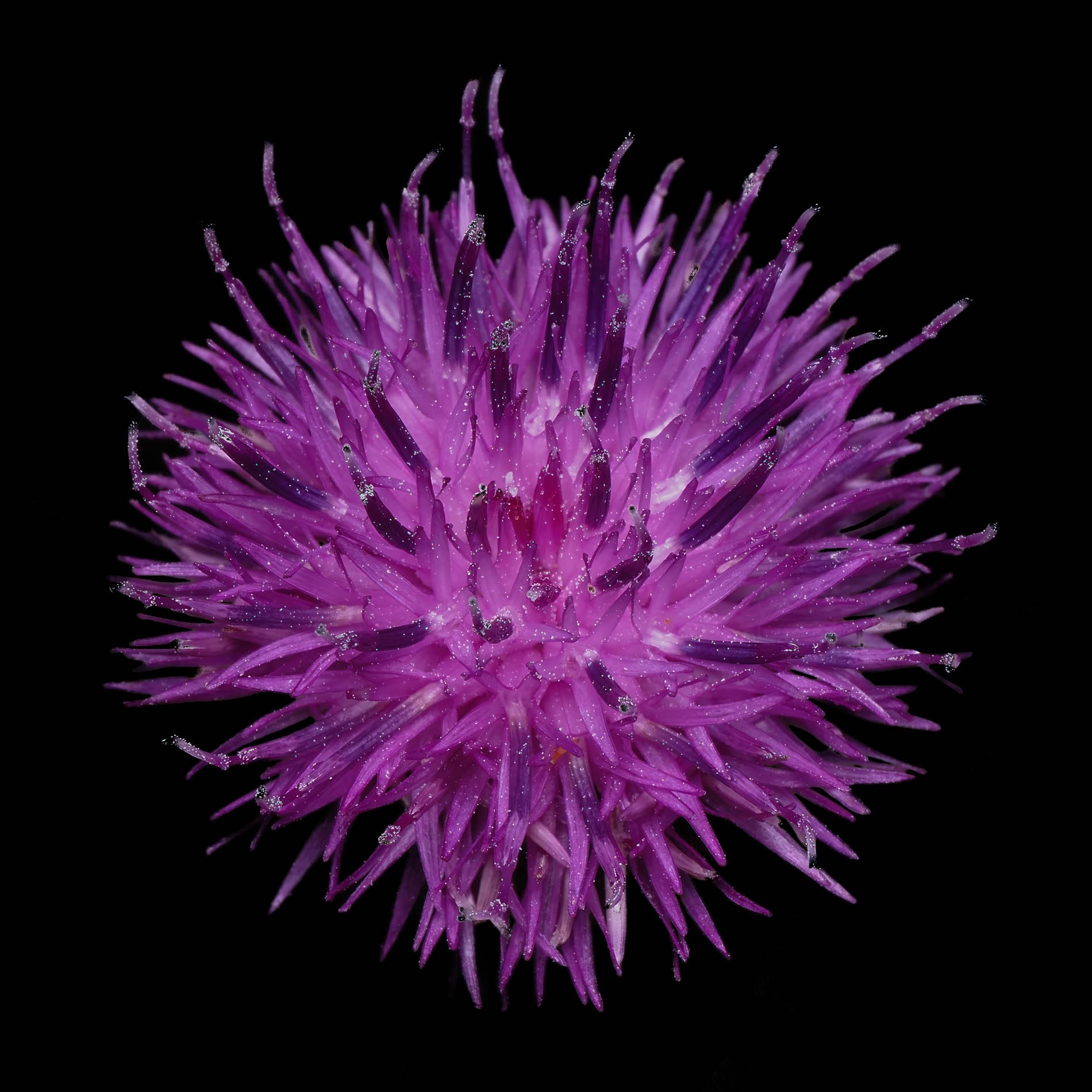
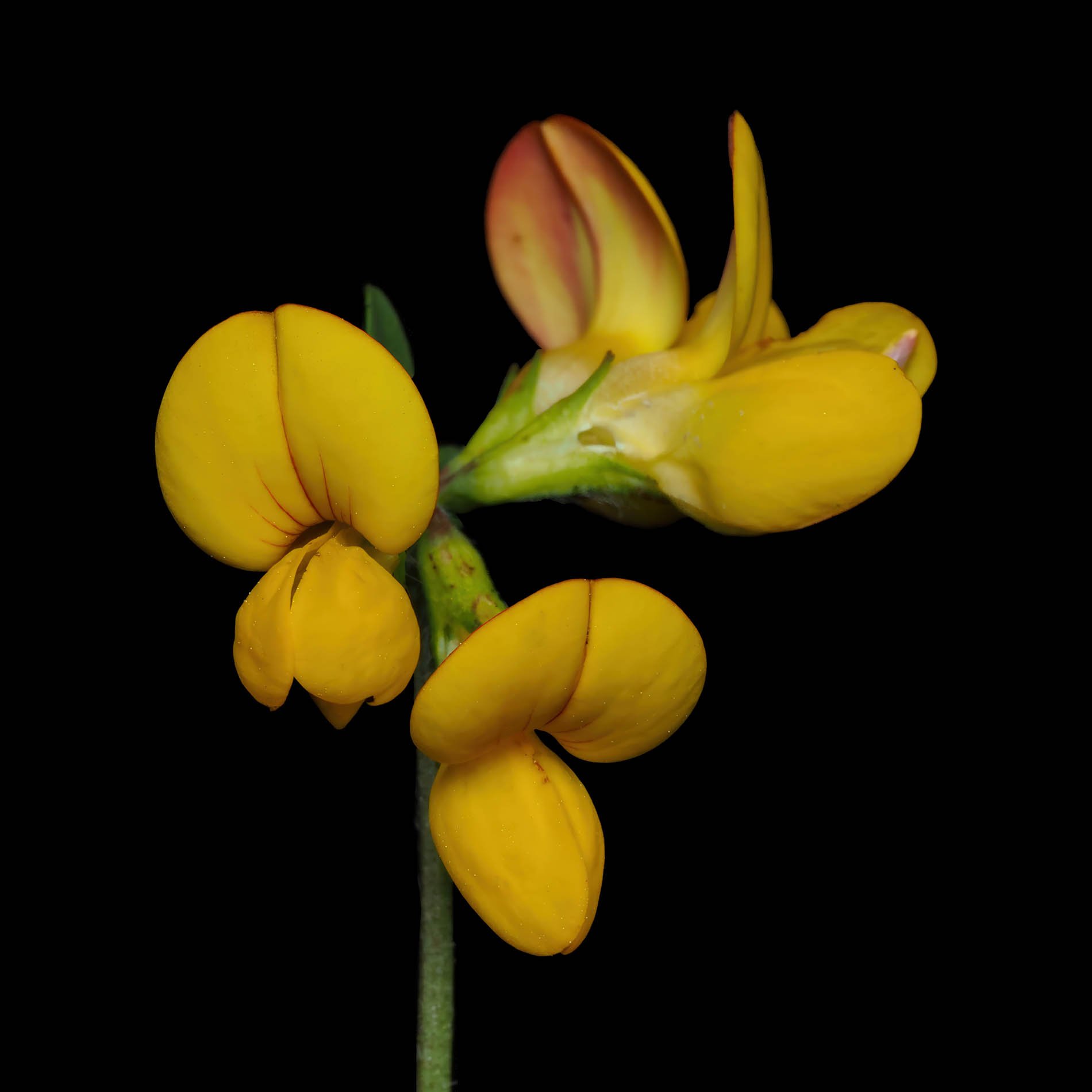
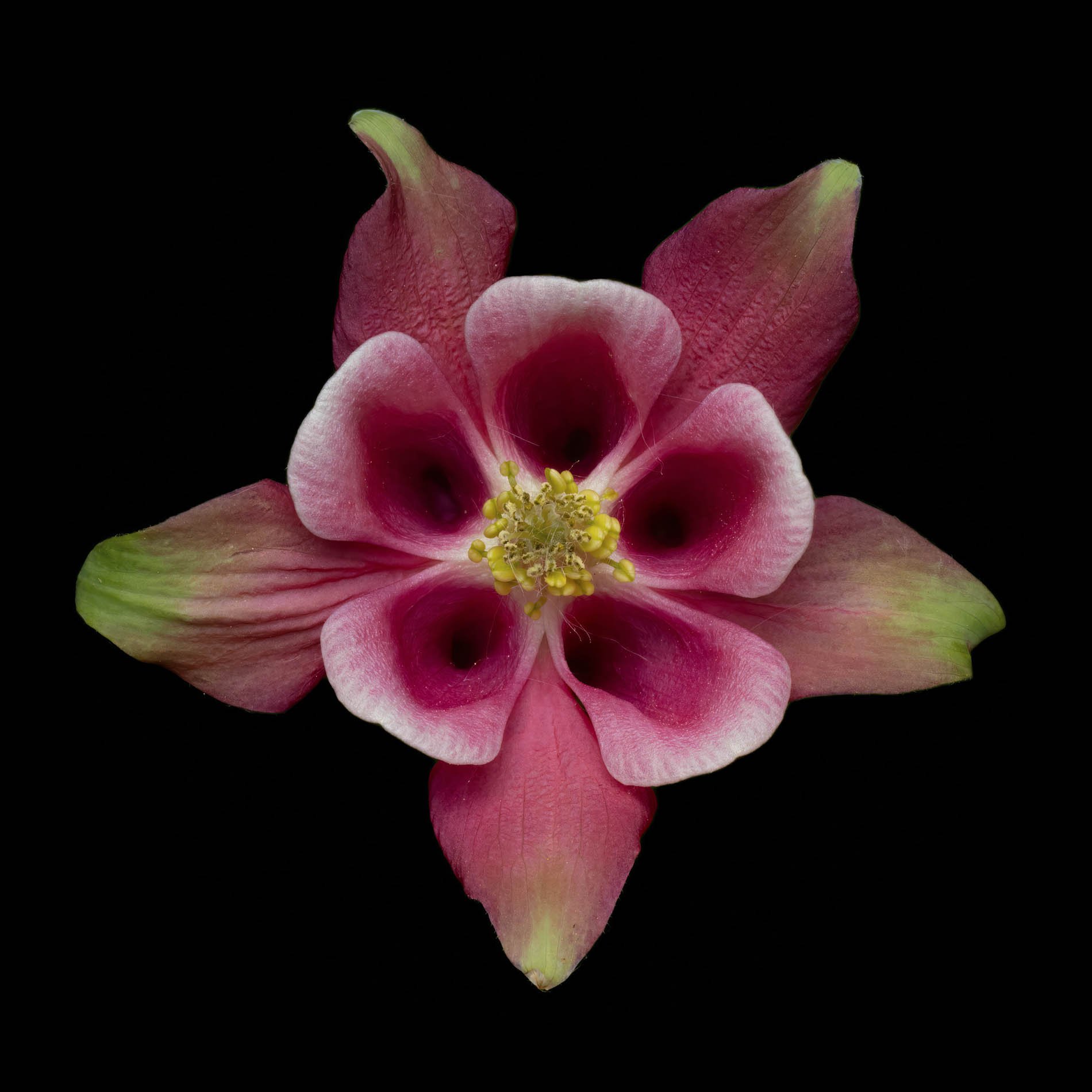
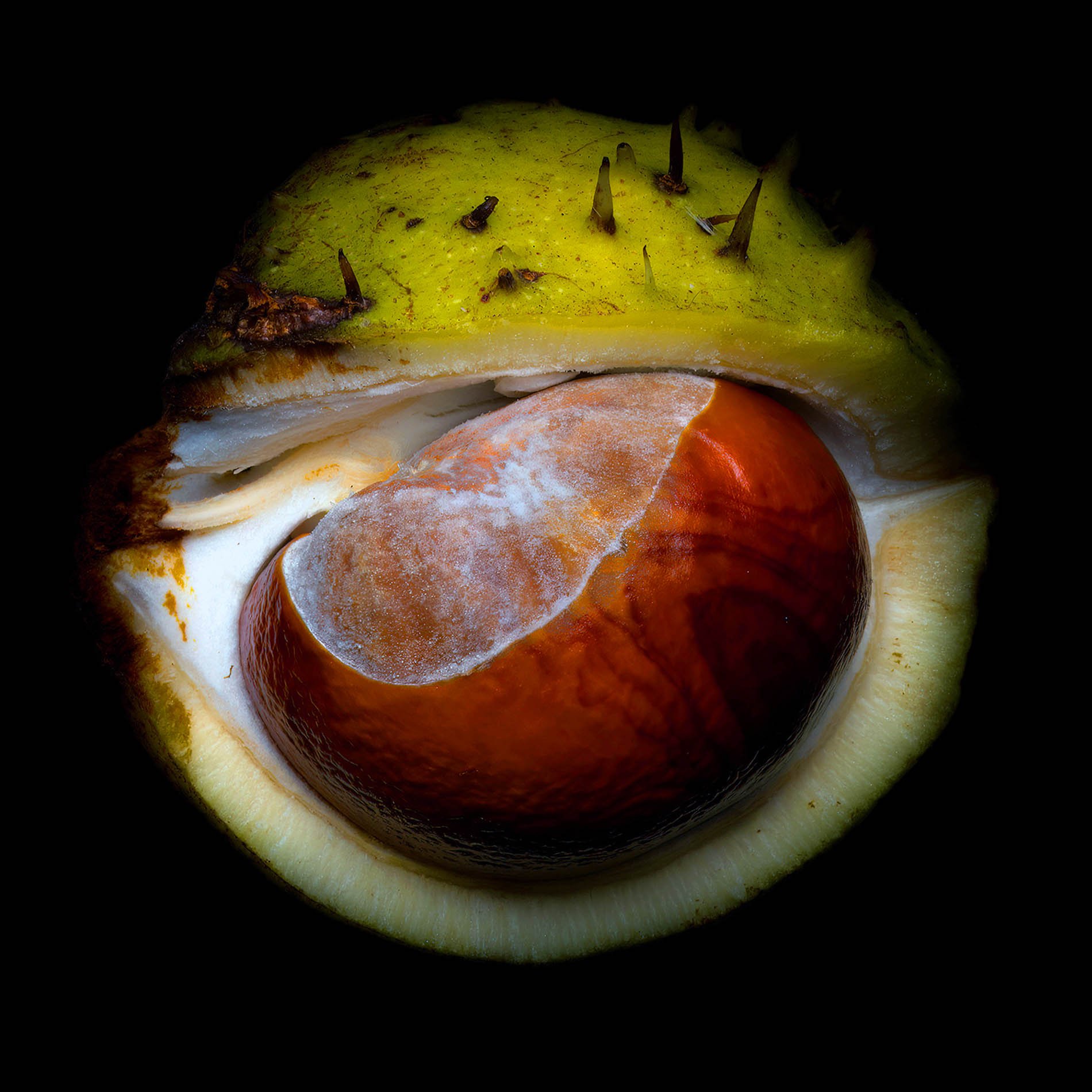
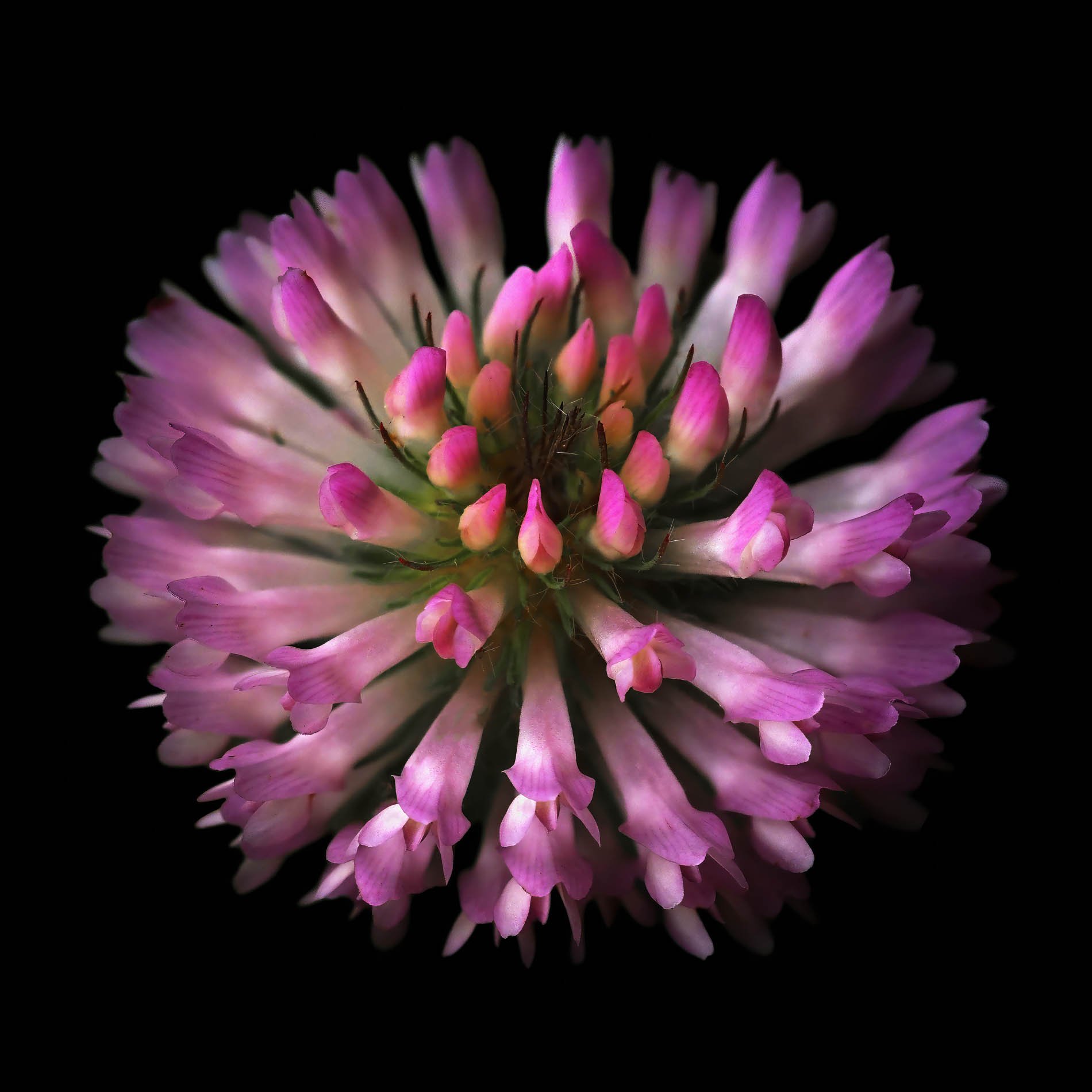
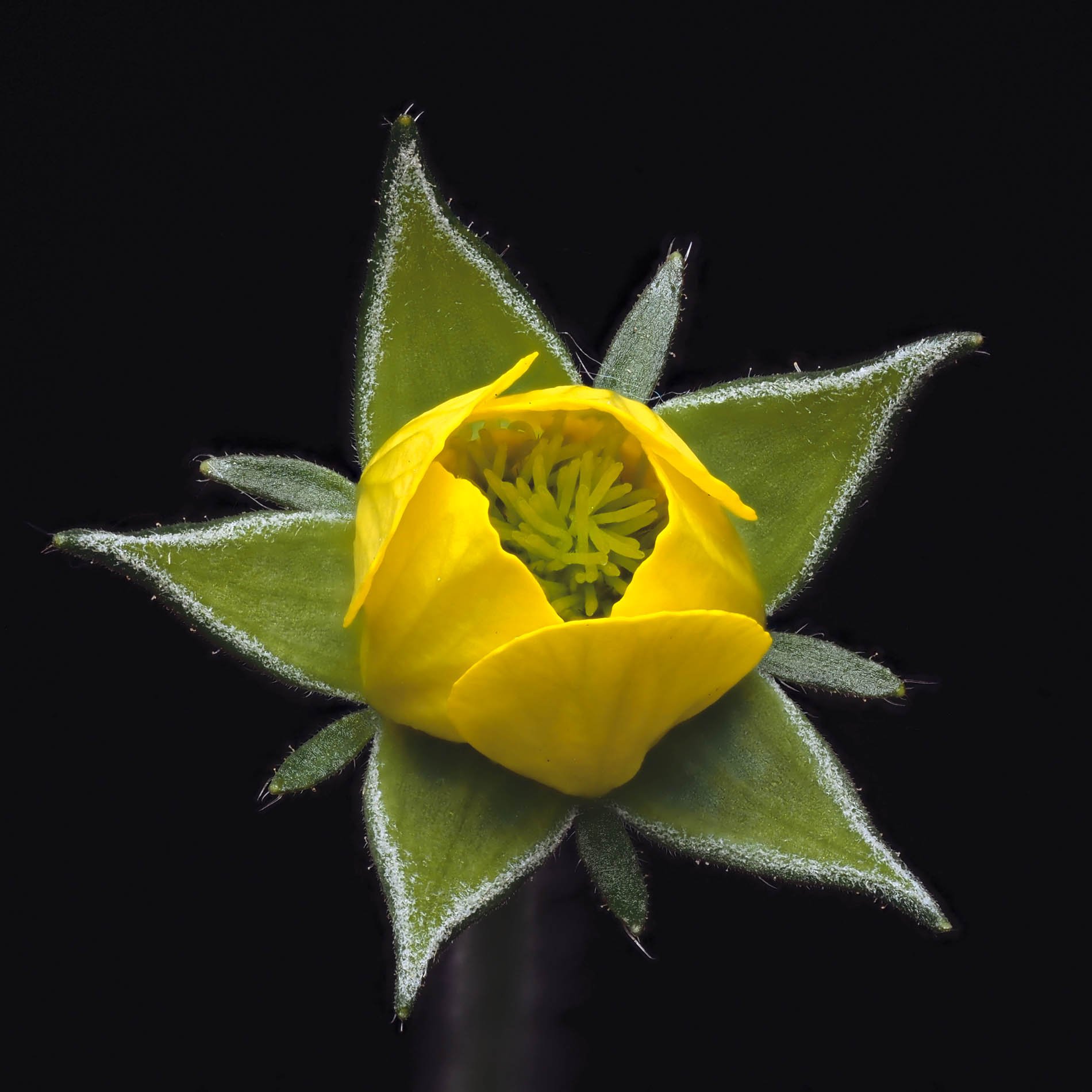
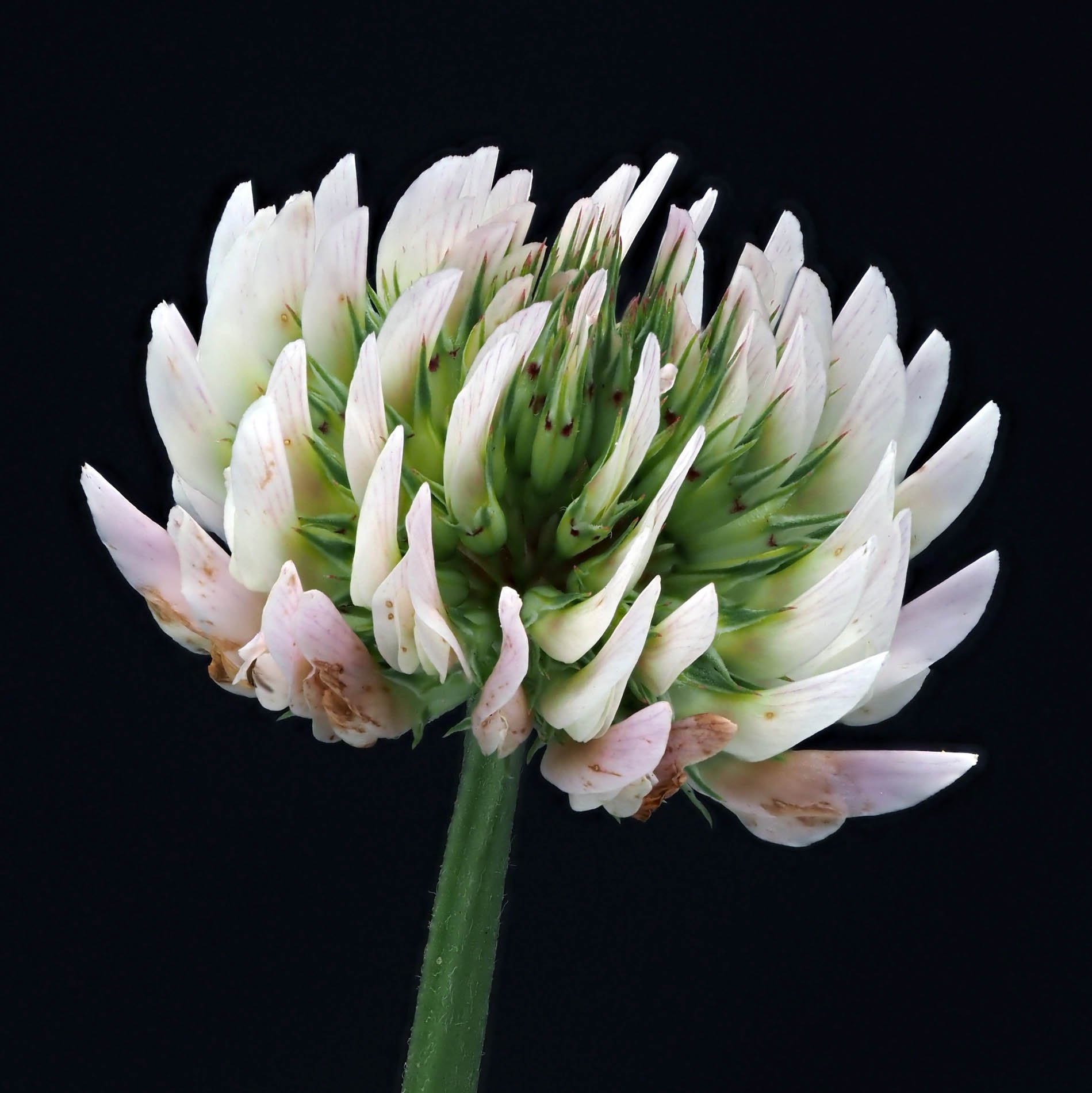
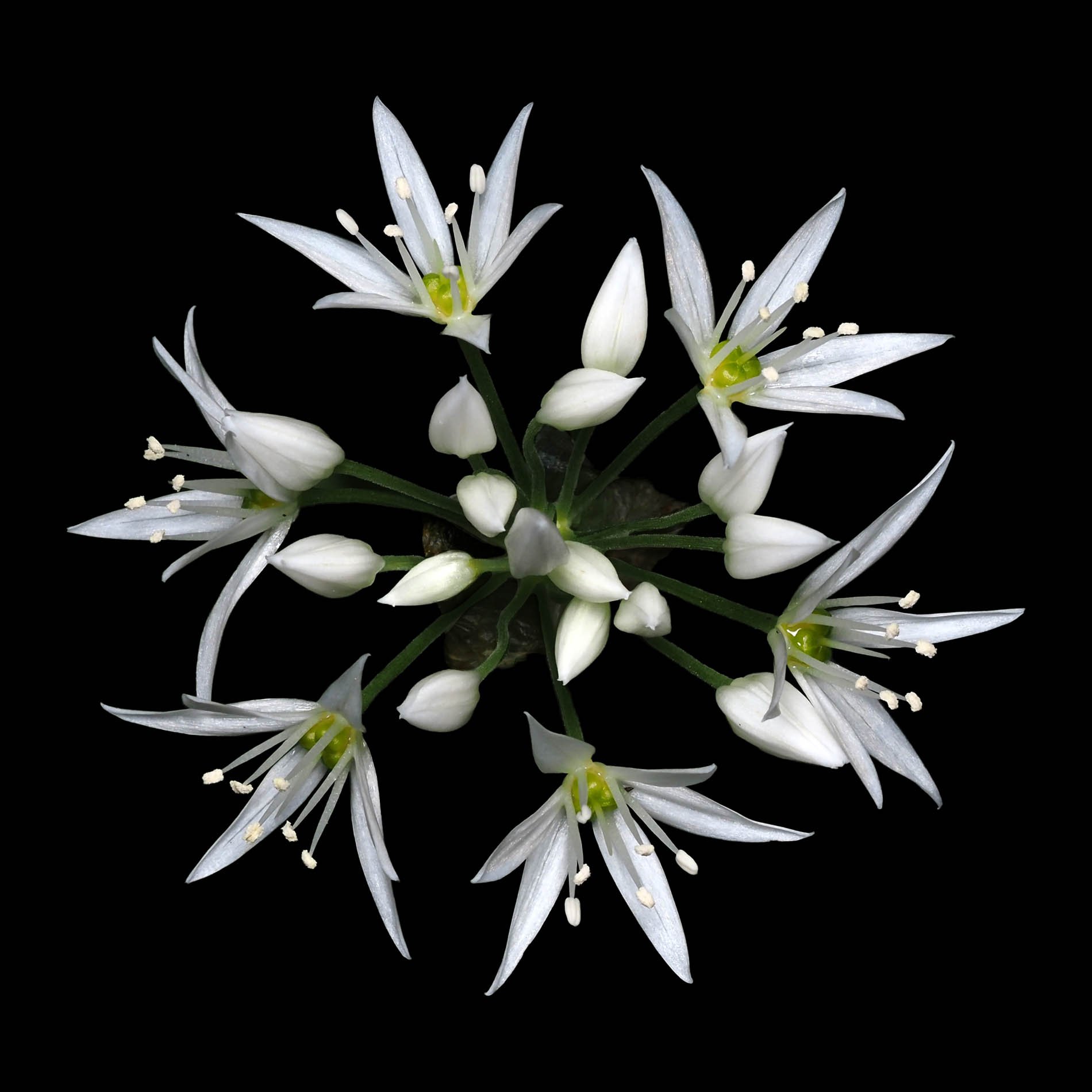
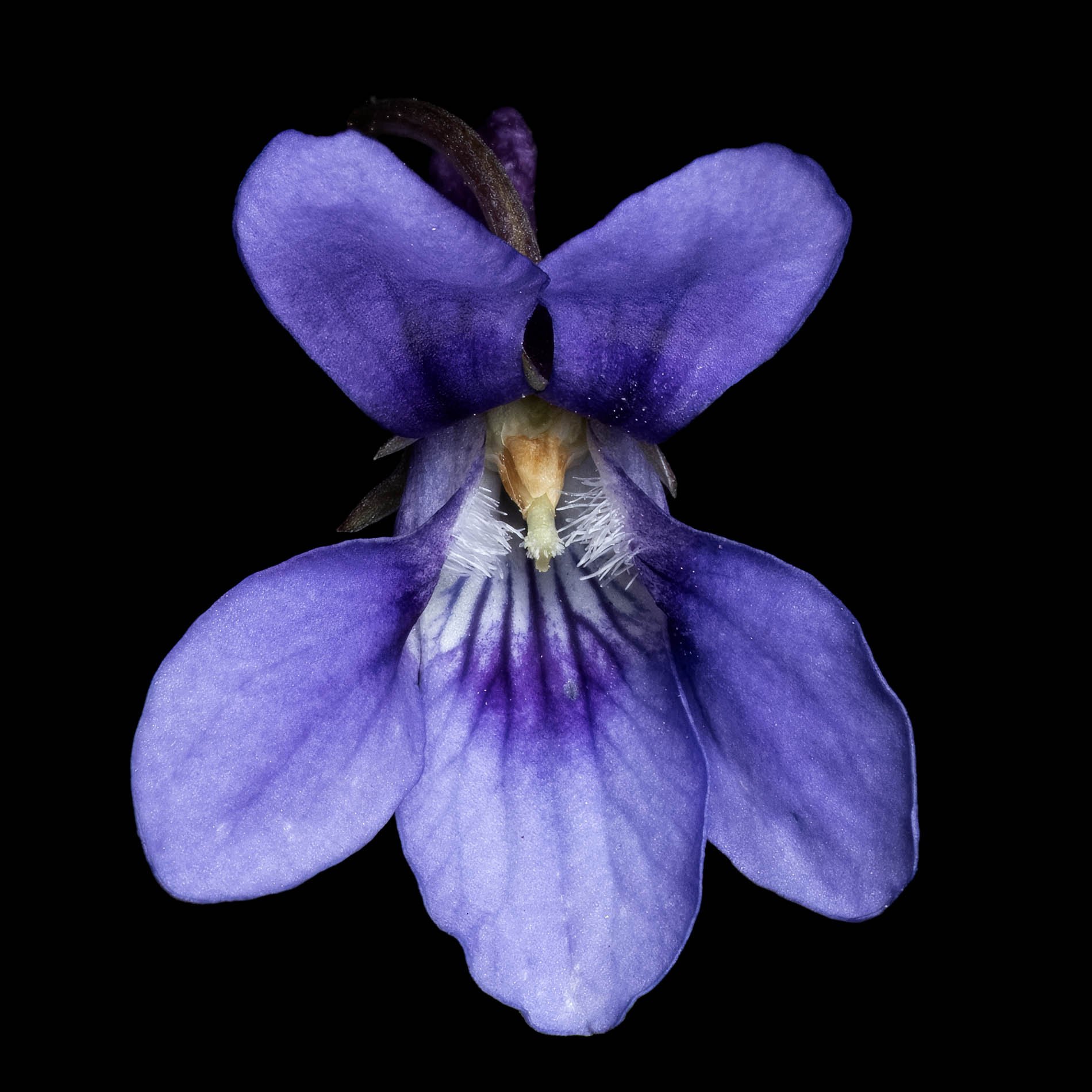
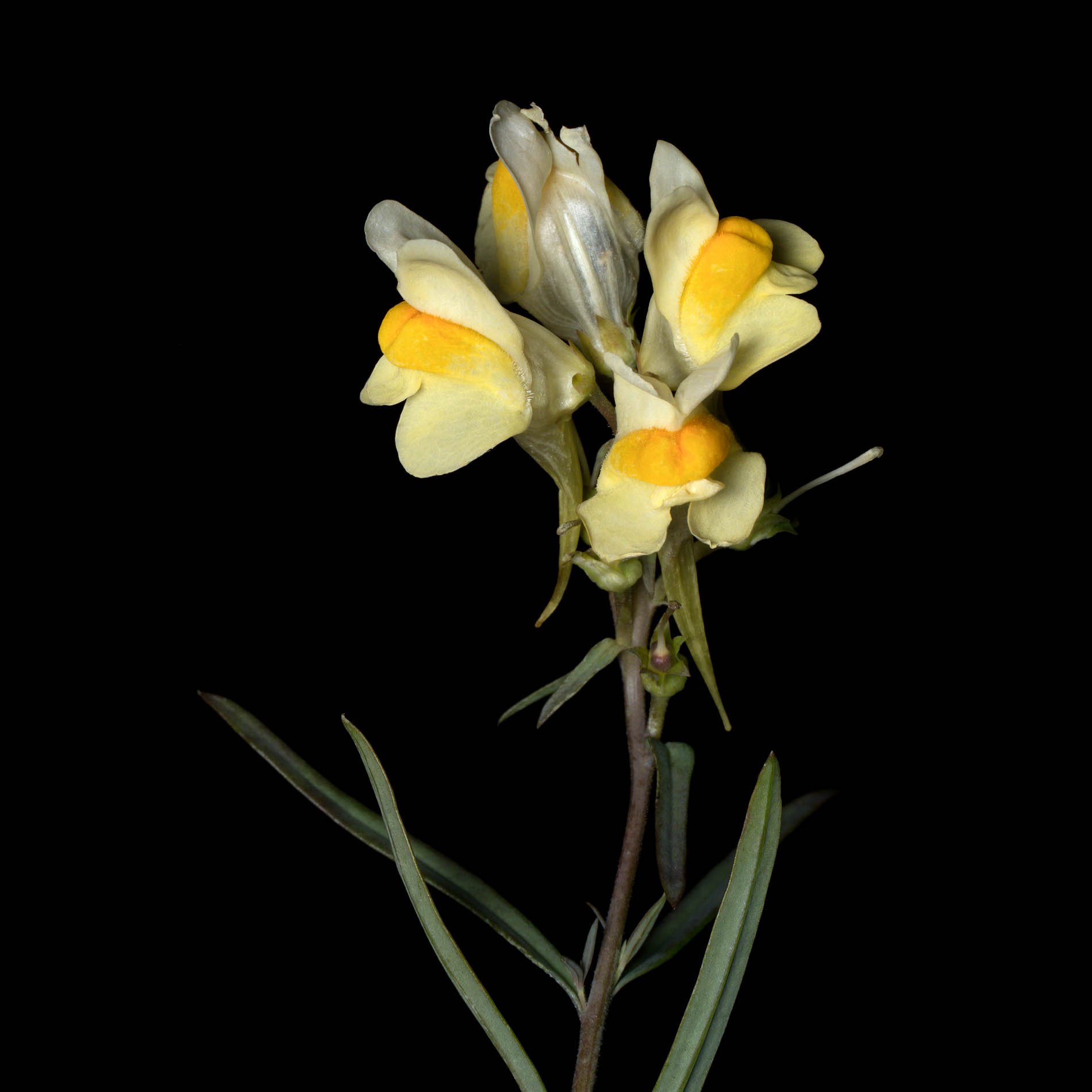
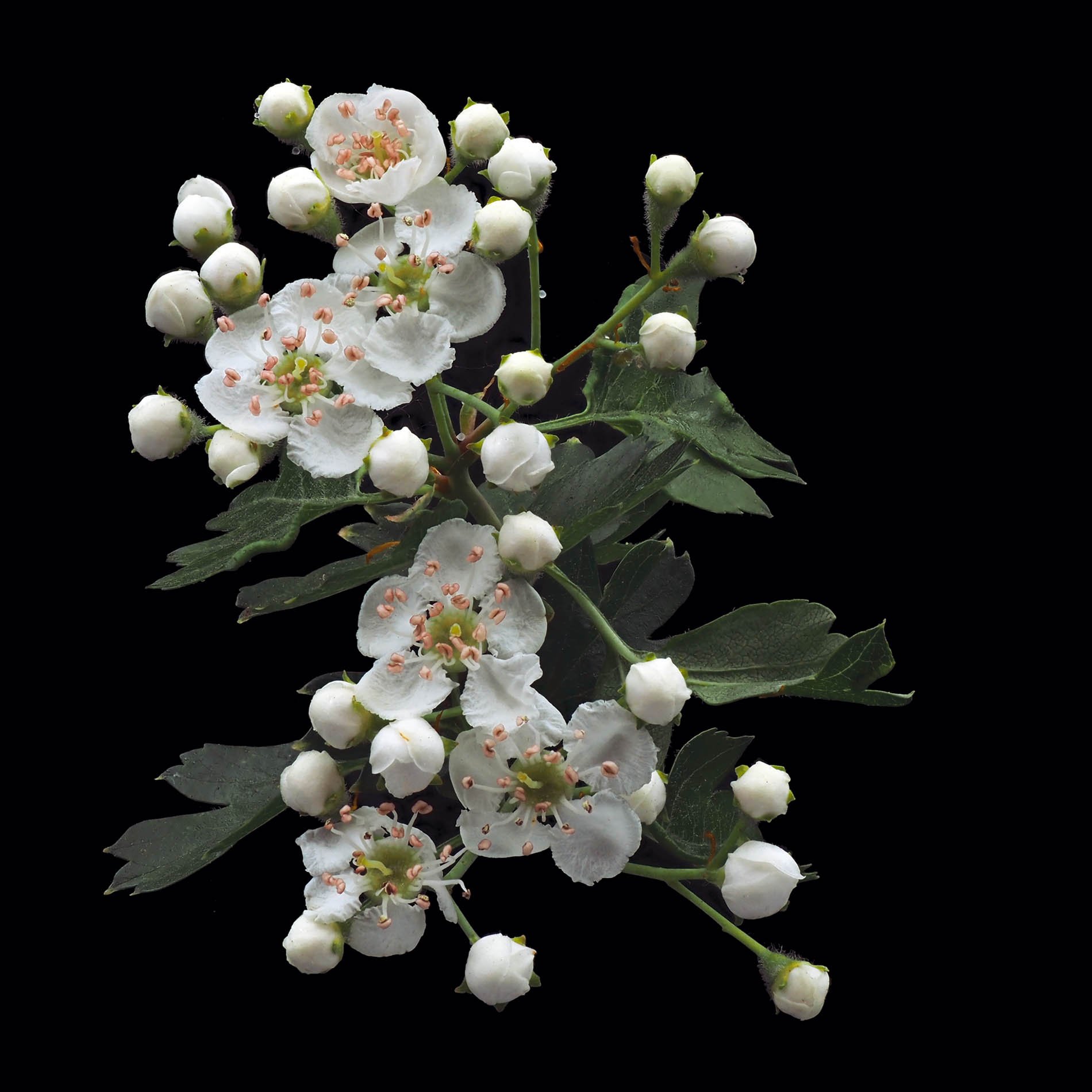
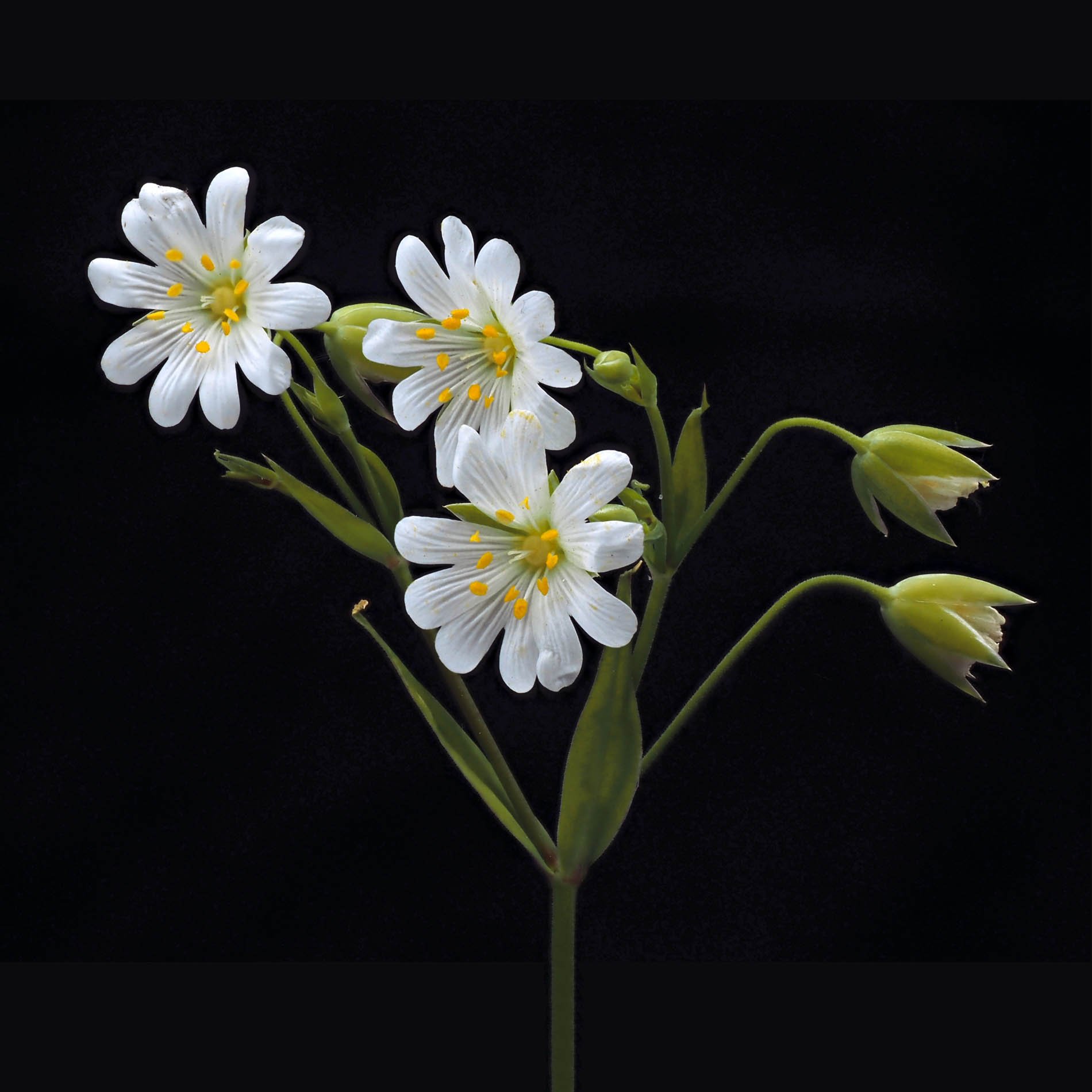
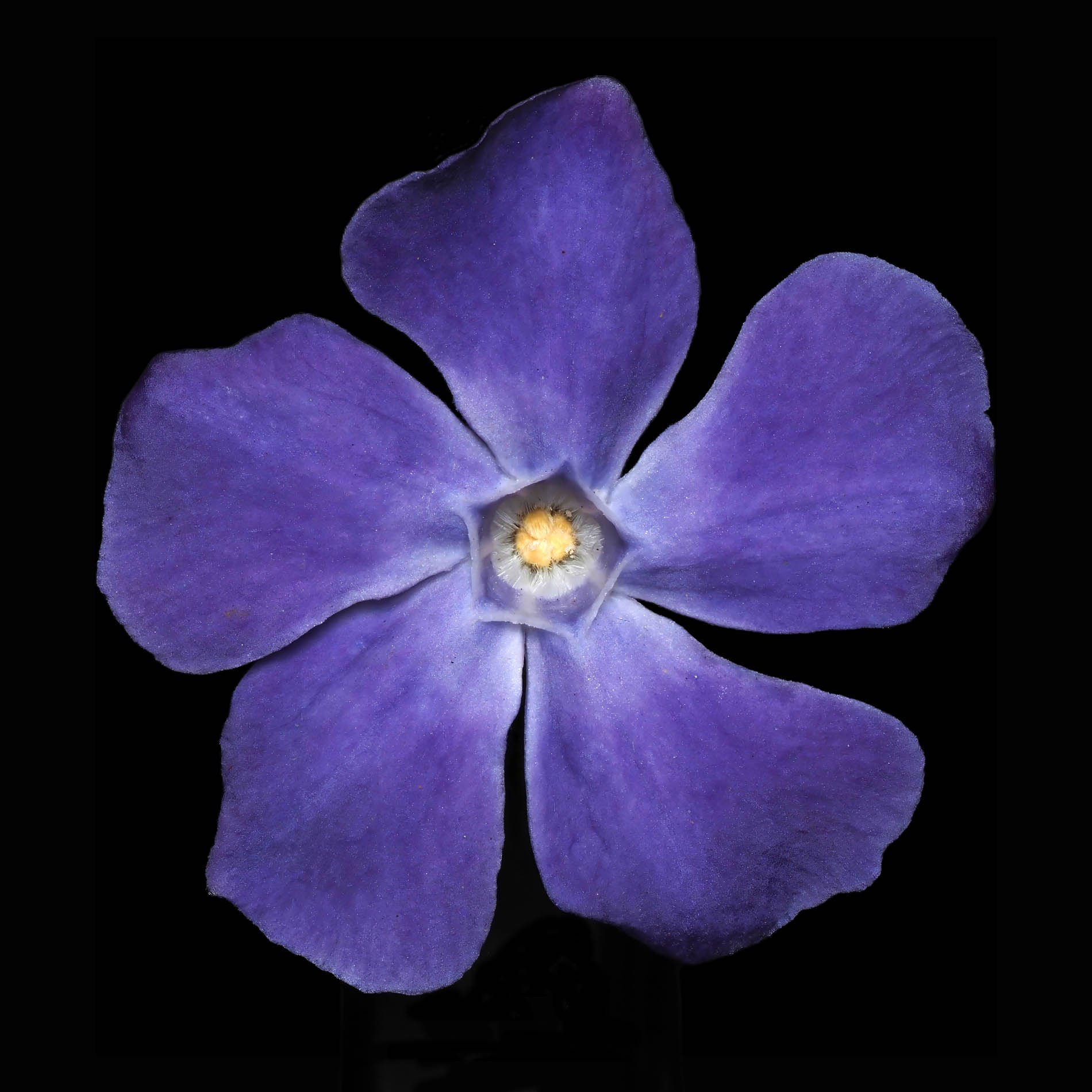
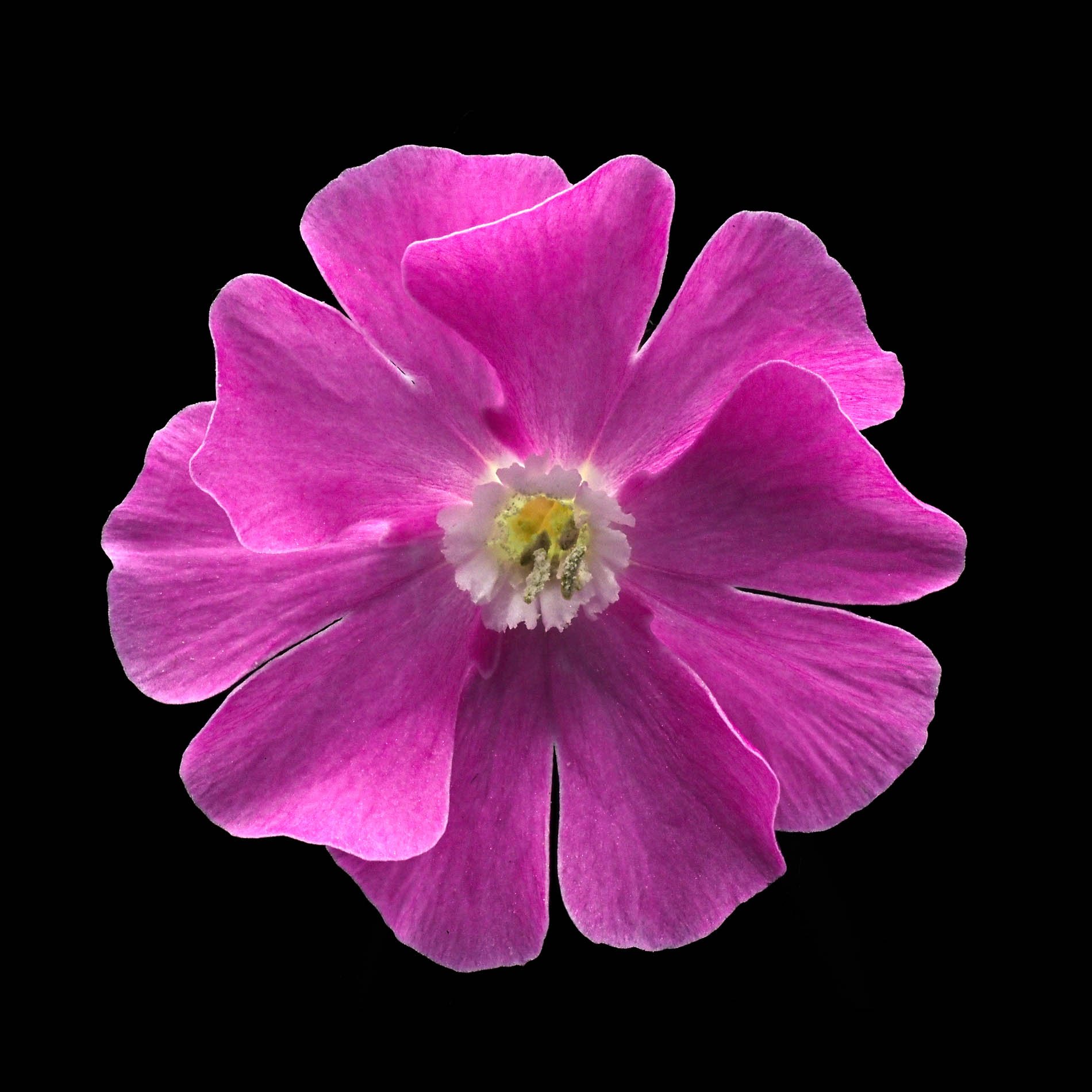
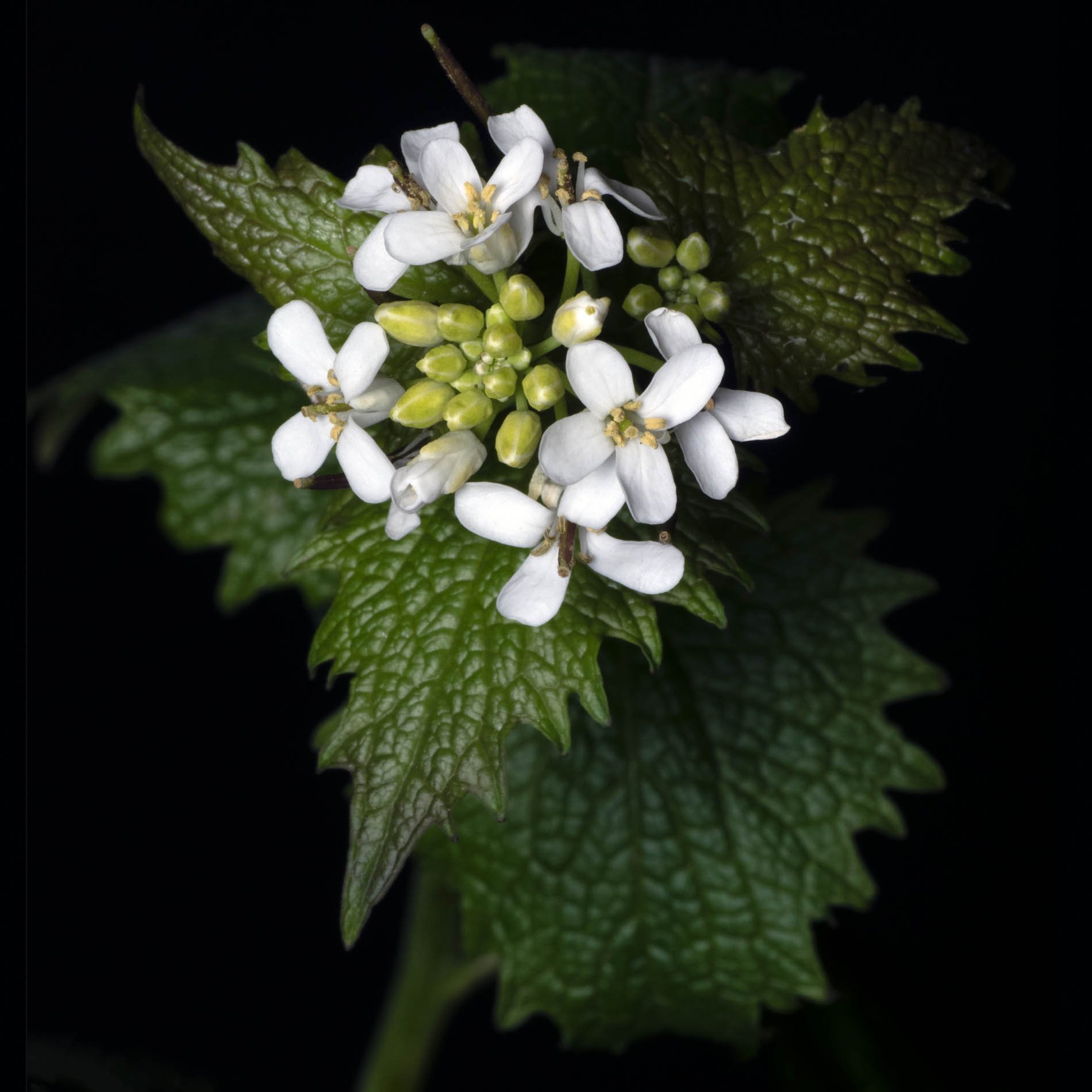
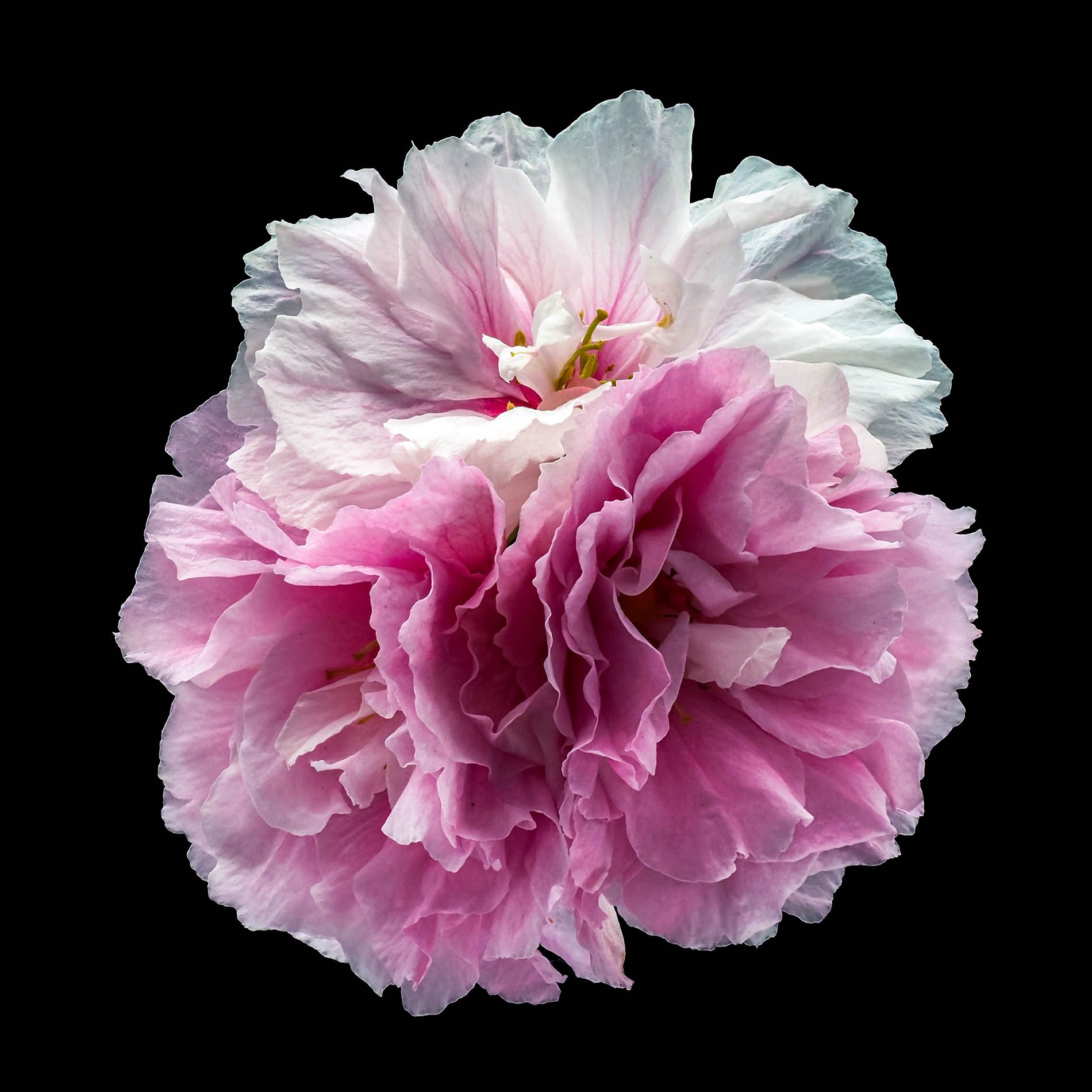
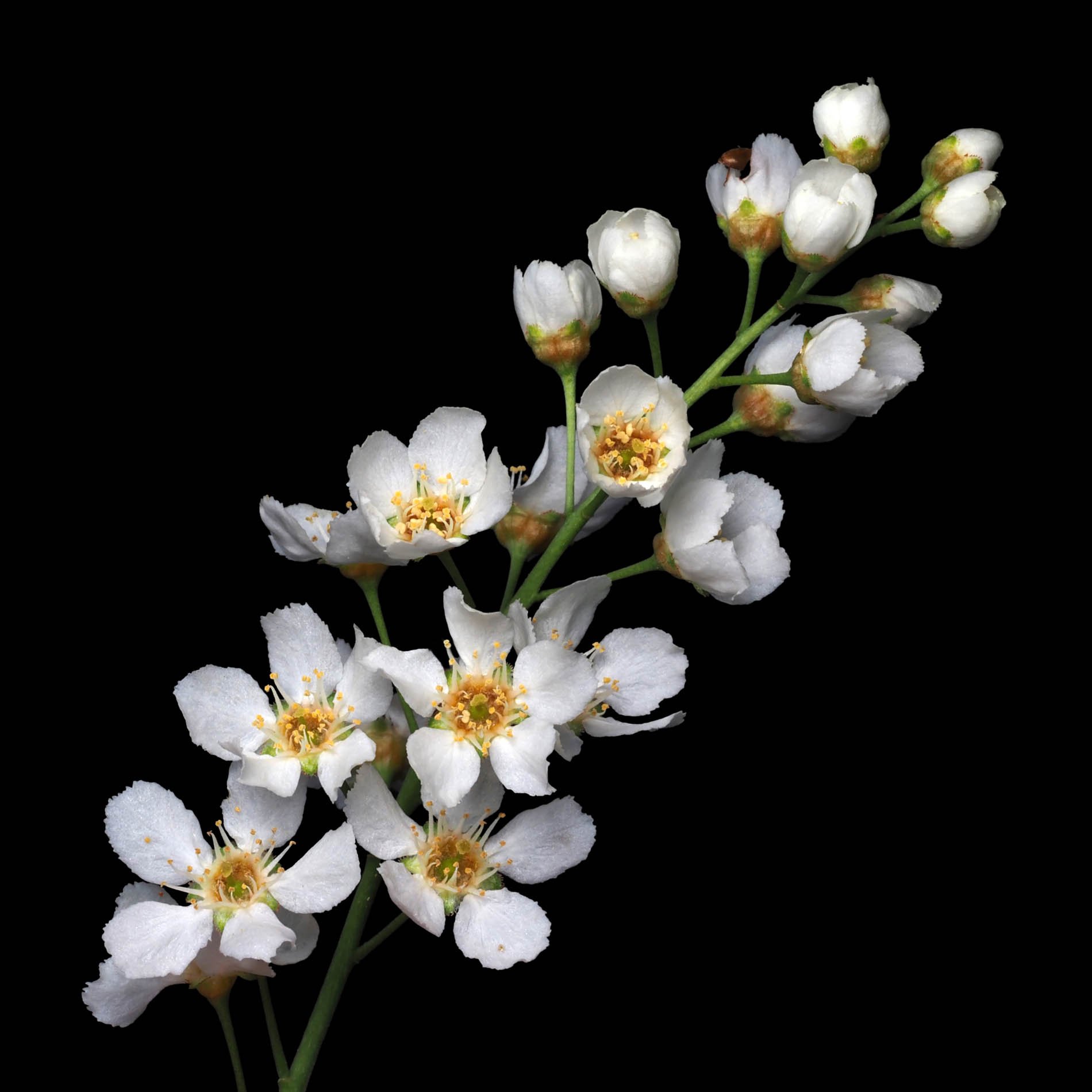
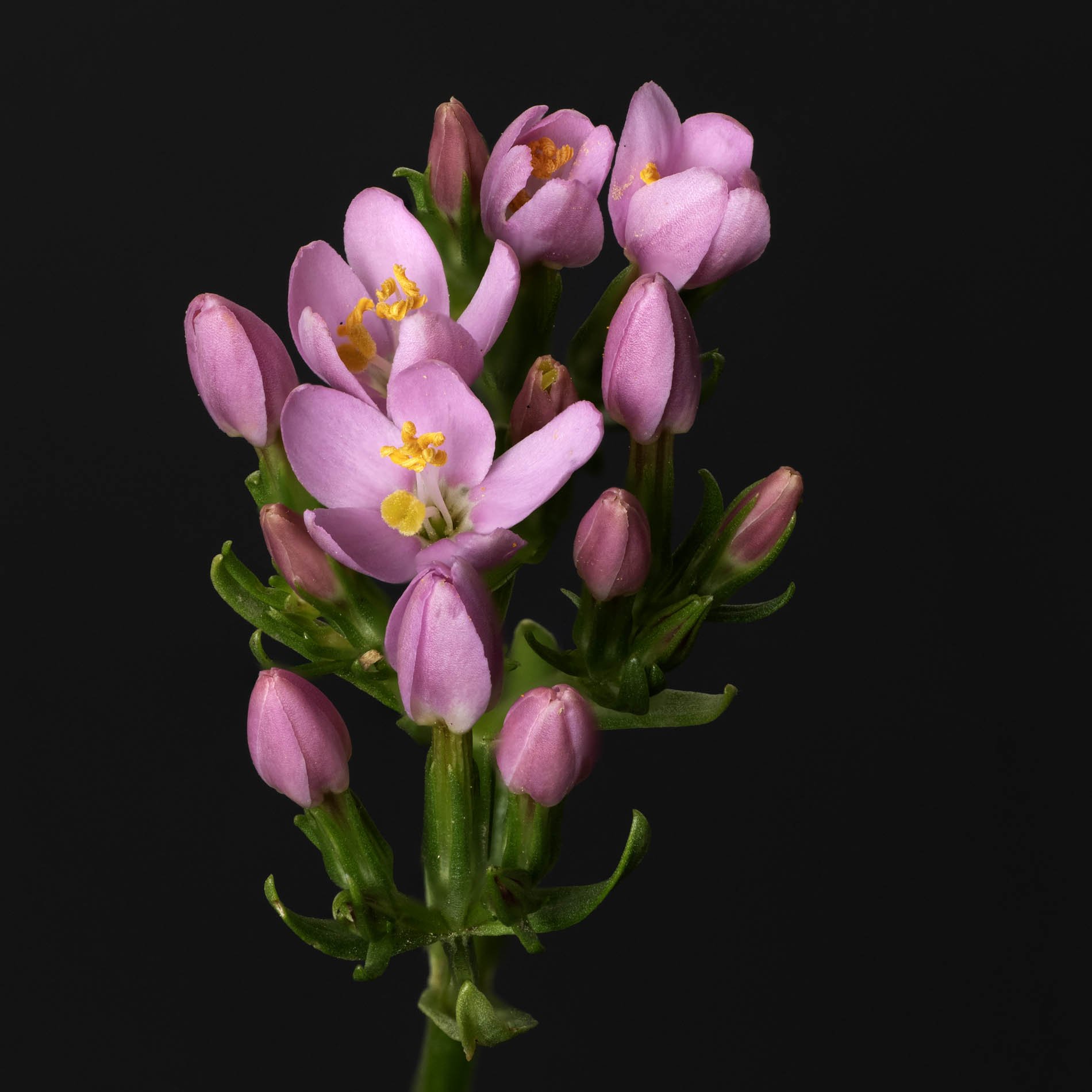
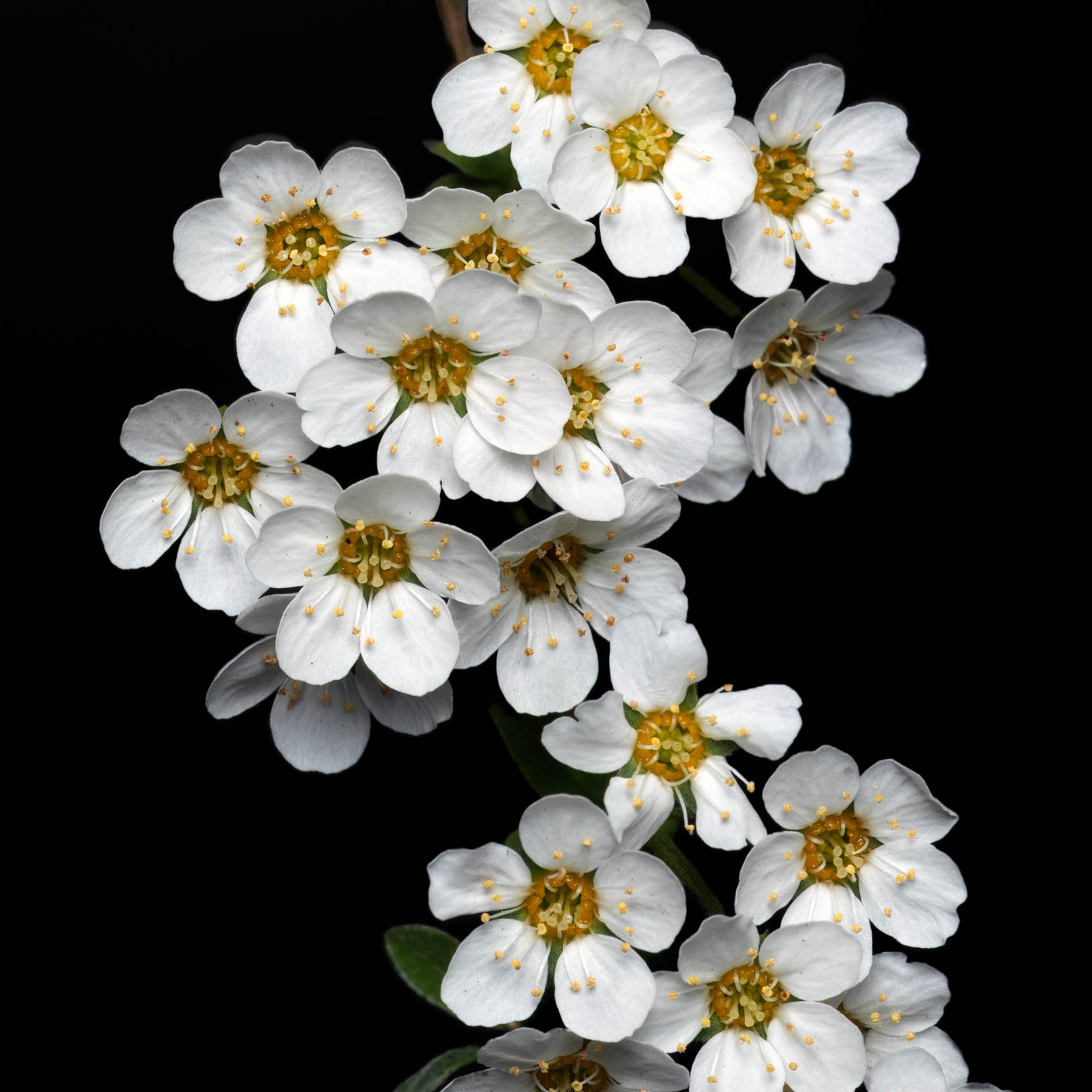
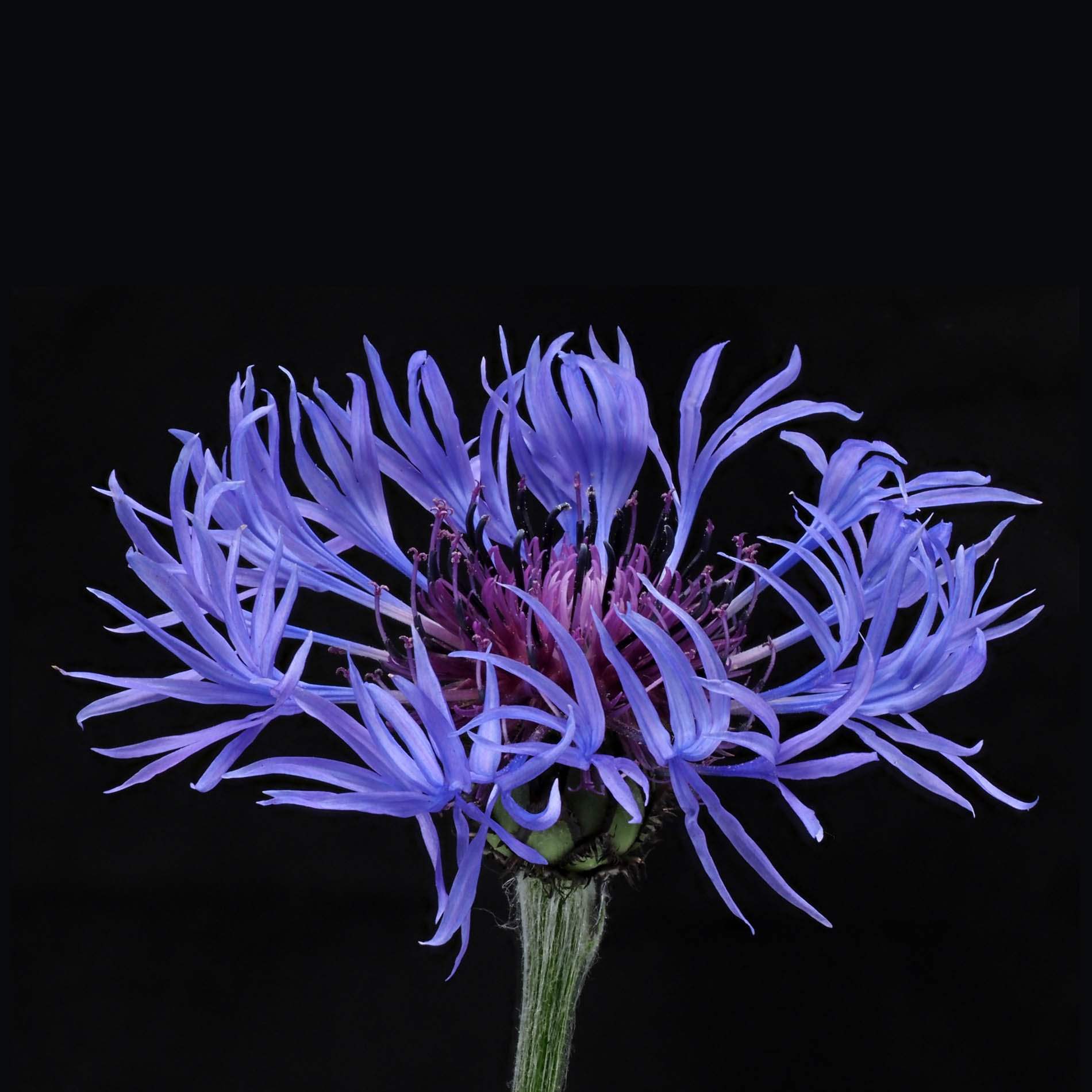

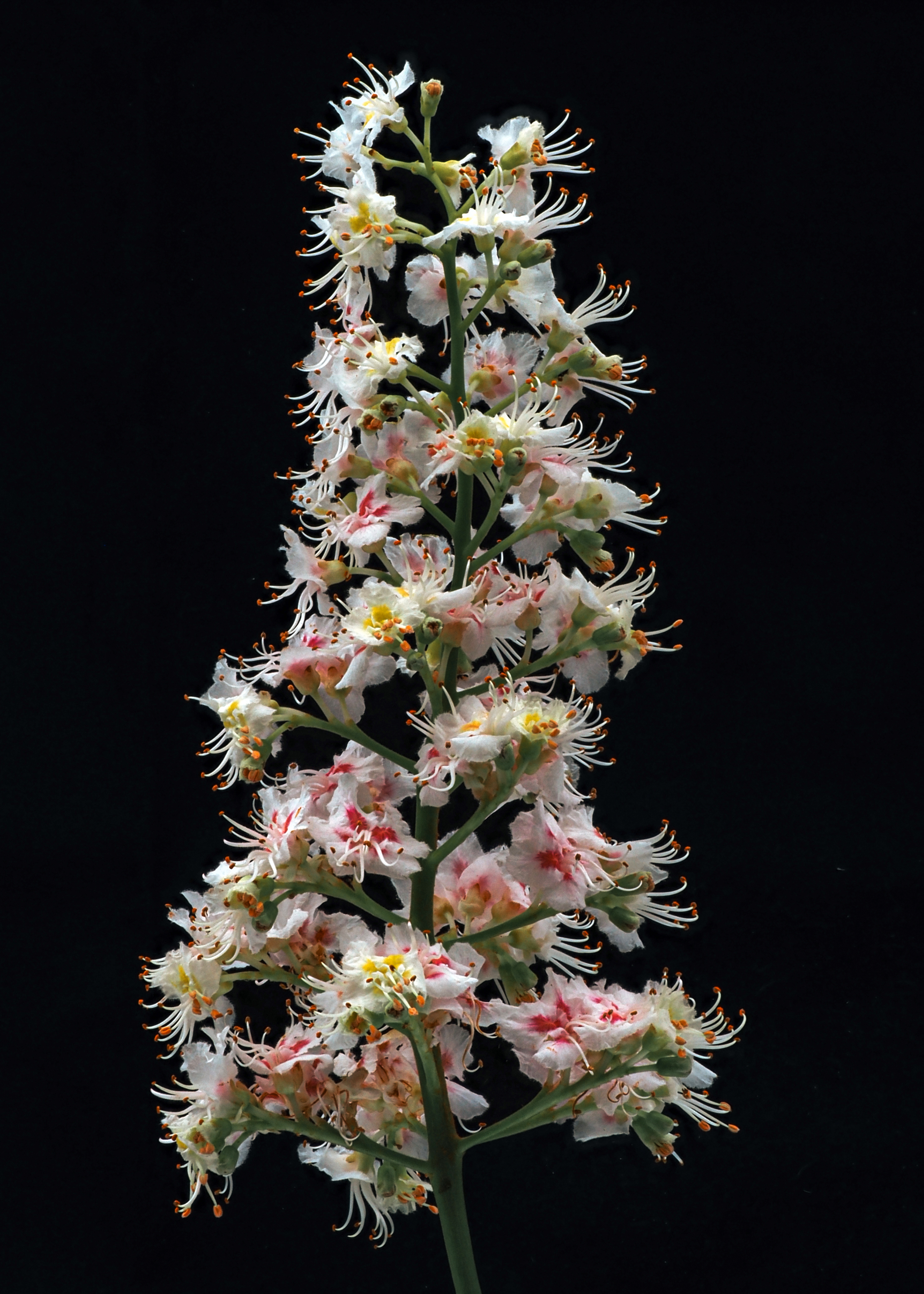
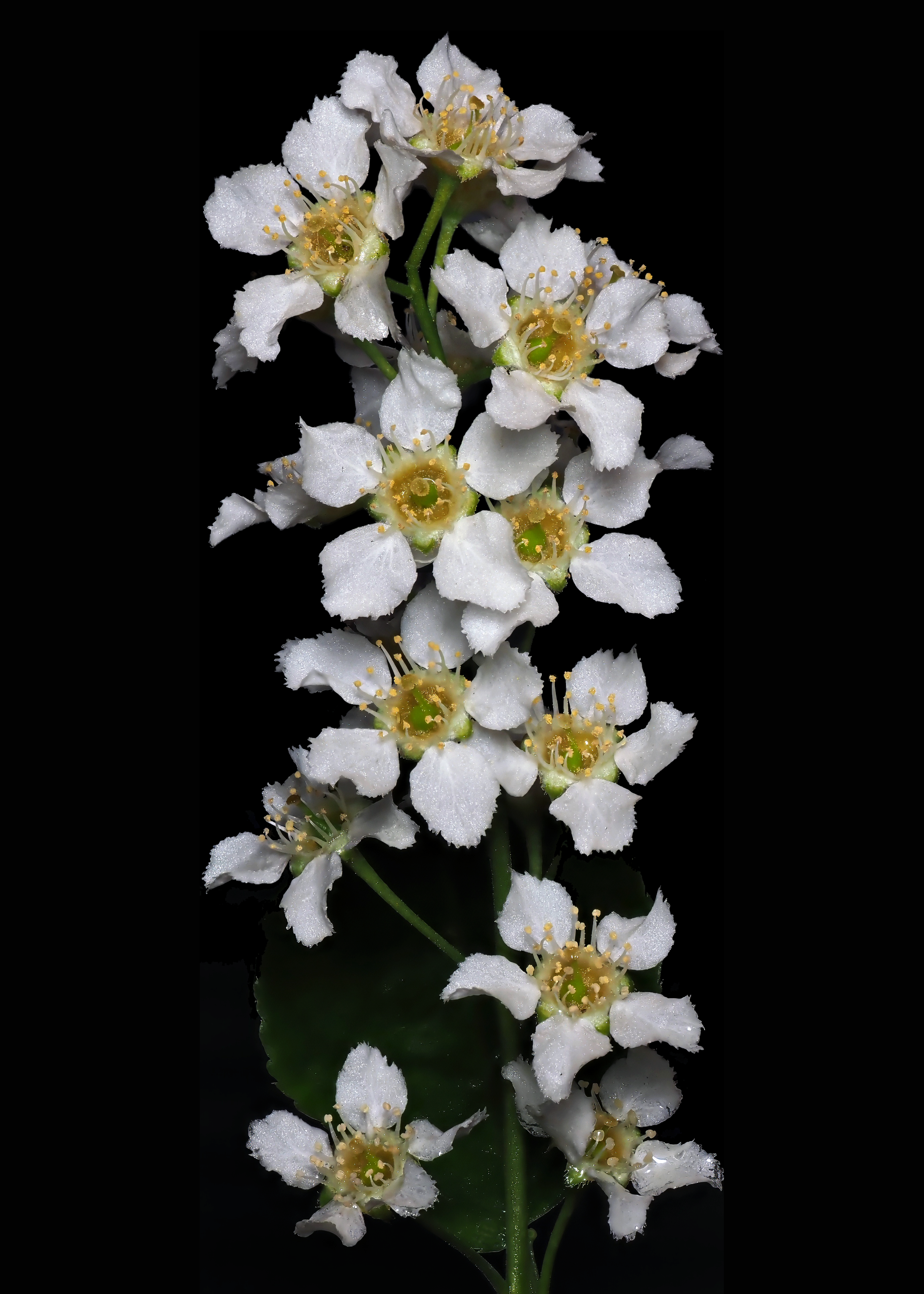
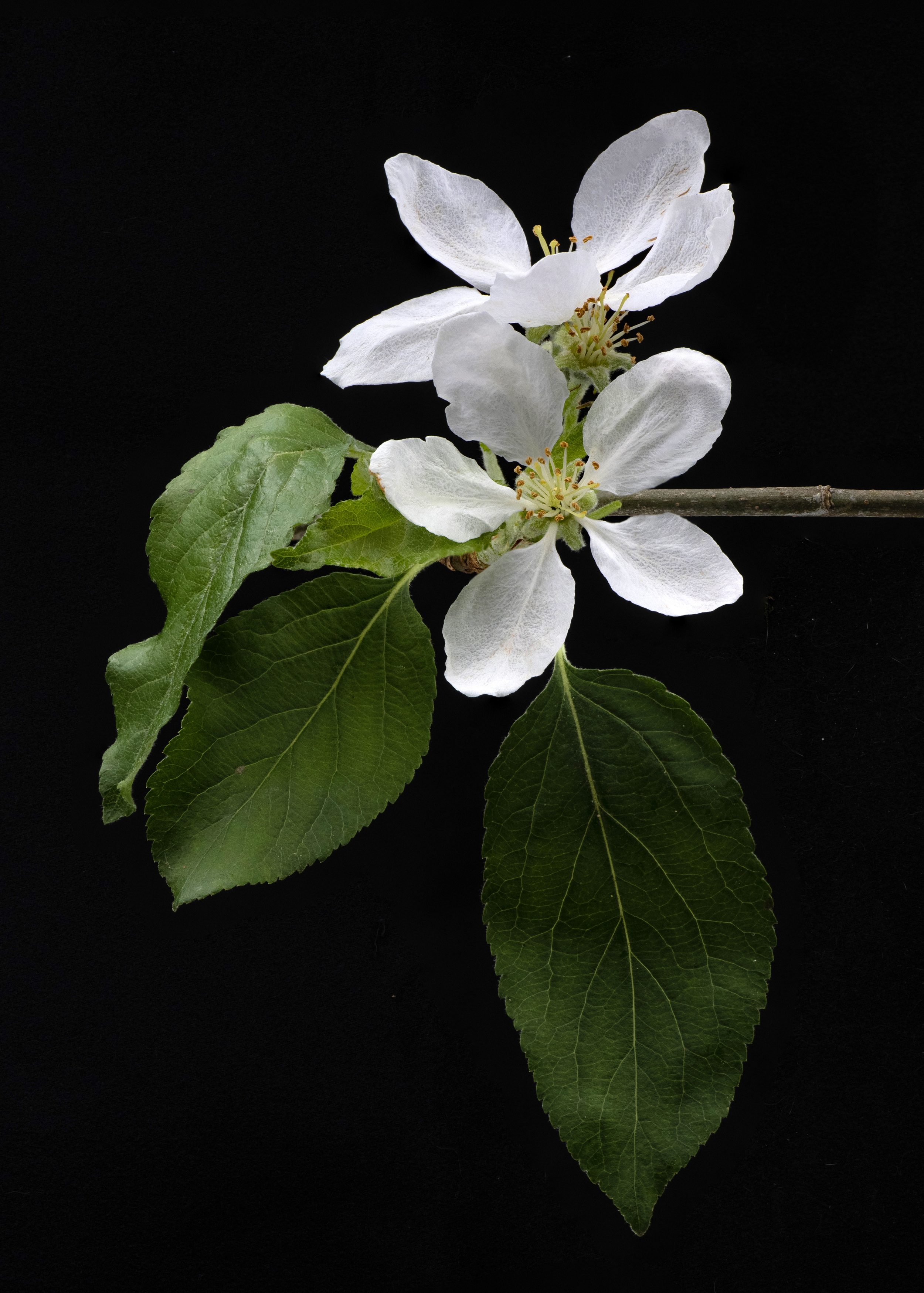
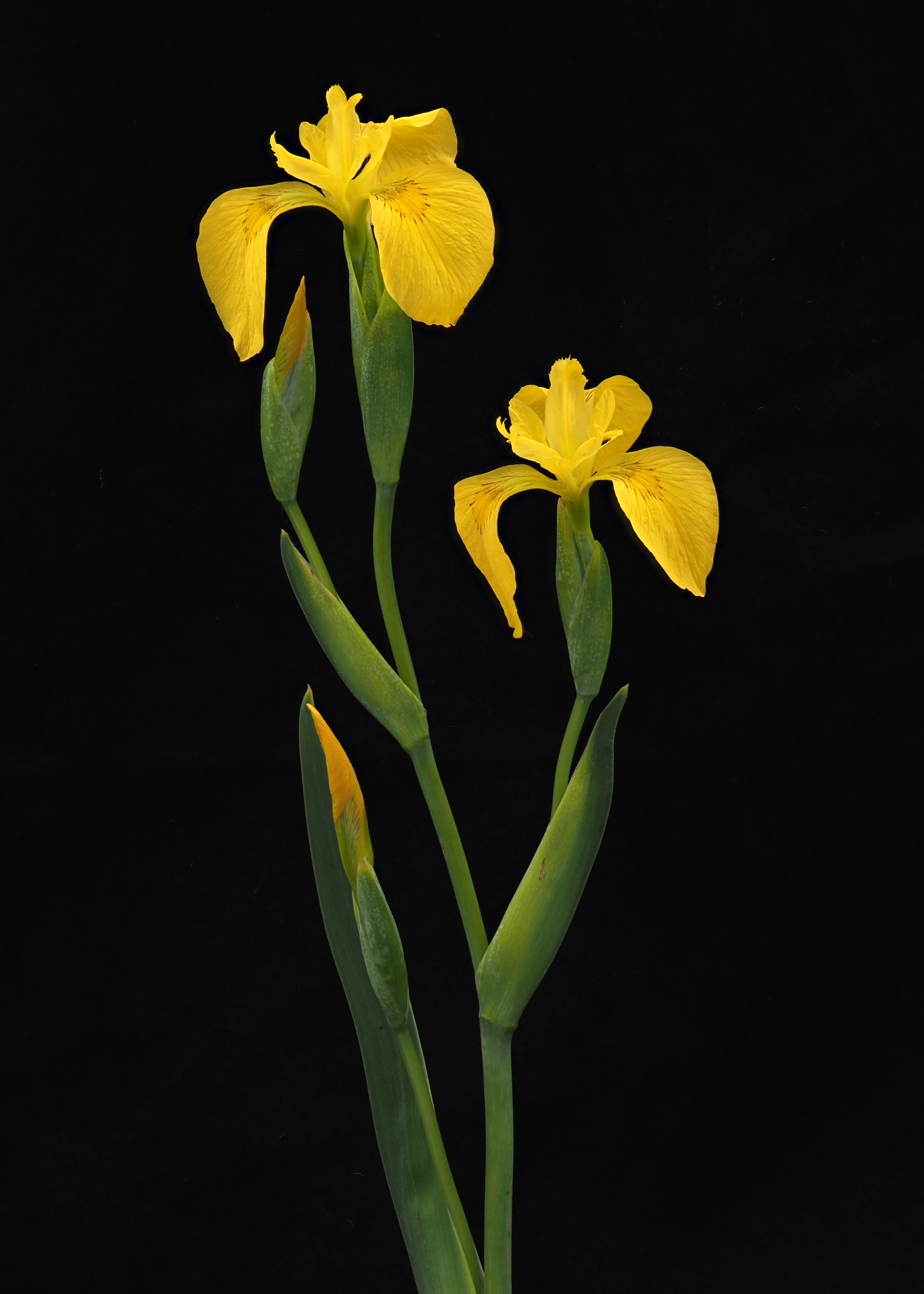
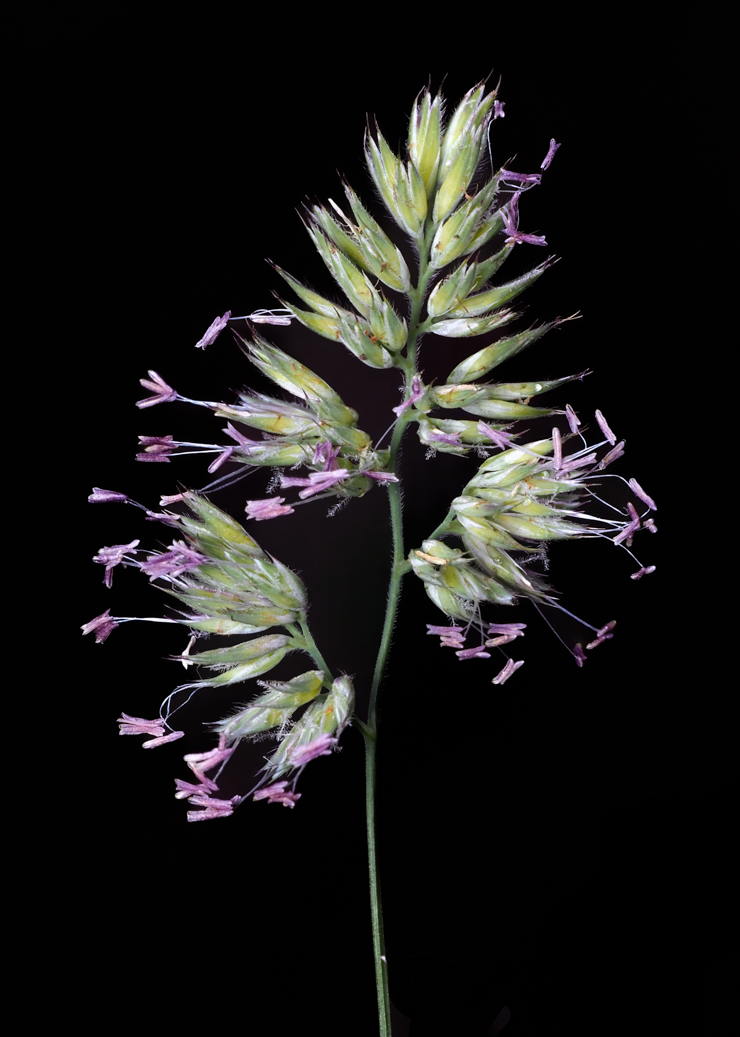
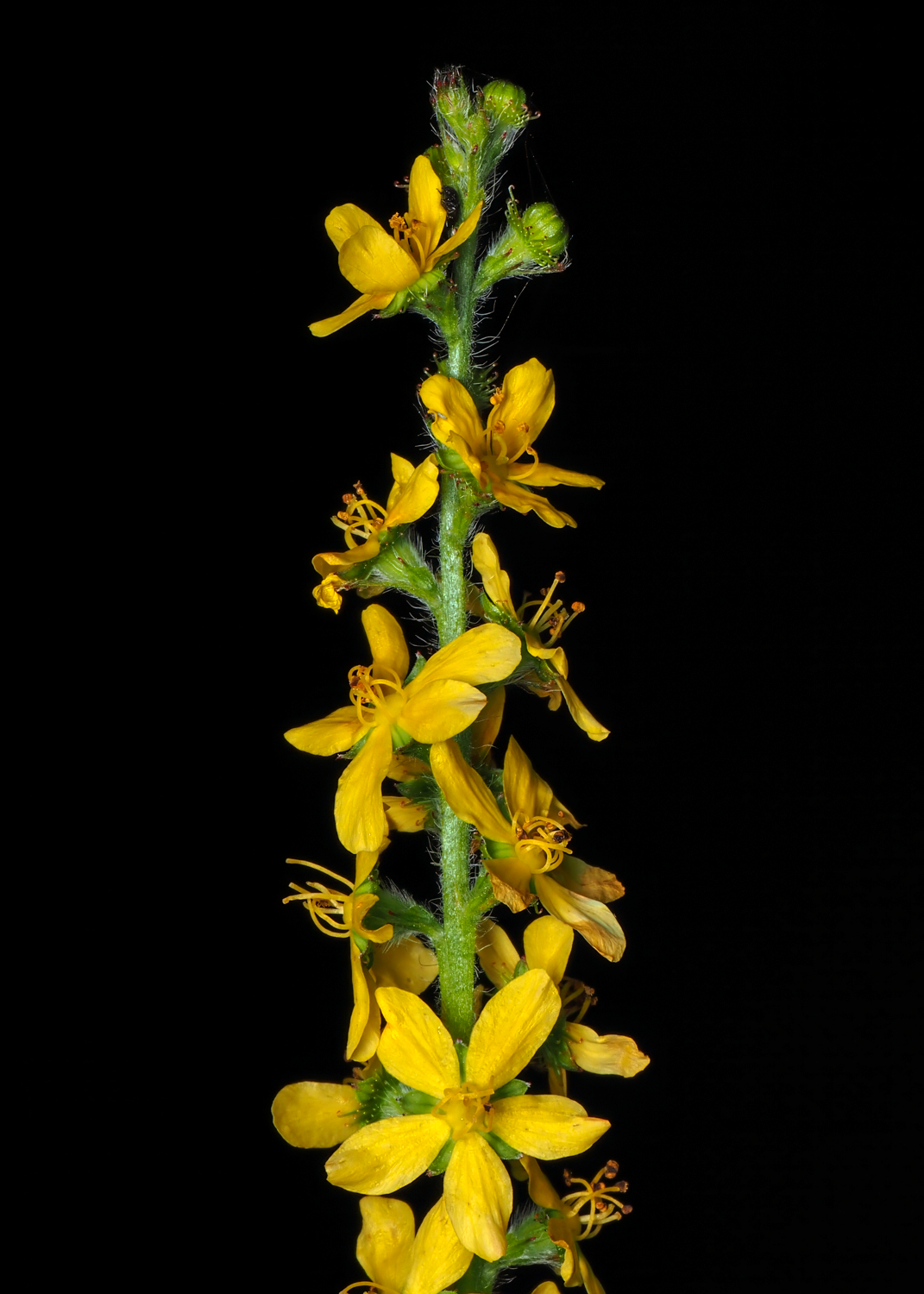
Common vetch (Vicia Sativa) Vetch, with its striking pink or purple pea flowers and climbing tendrils, plays a crucial ecological role in these transformed landscapes. This nitrogen-fixing legume forms symbiotic relationships with soil bacteria, enabling it to draw nitrogen from the atmosphere and enrich soils that have been depleted due to industrial use. Vetch also possesses antiseptic properties. When mashed into a paste or brewed into tea, it connects these recovering landscapes to generations of traditional knowledge.

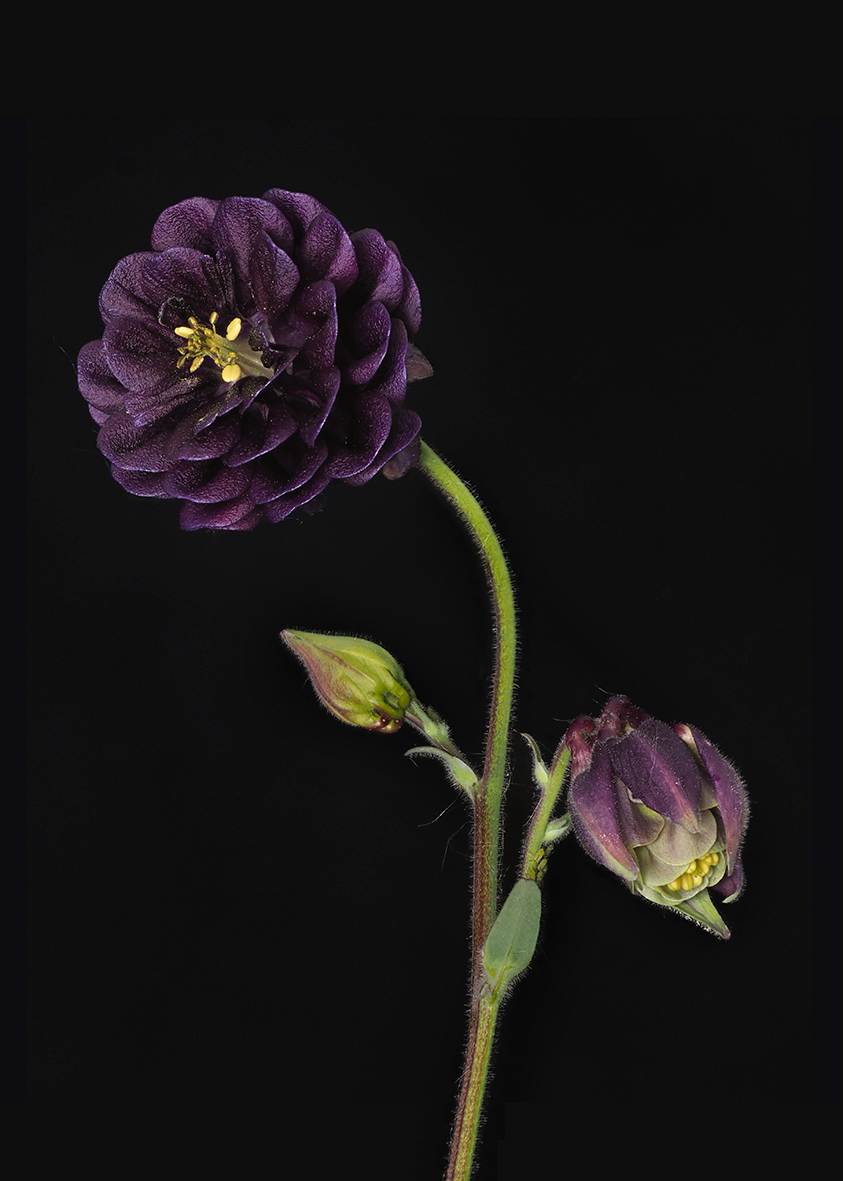
These damaged former colliery lands now host communities of wildflowers, grasses, and pioneering plants that exemplify nature's endless capacity for renewal. The flowers that emerge here are not the cultivated varieties found in formal gardens, but hardy opportunists that have arrived in these spaces through wind, water, and the patient work of insects and birds.
Gorse blazes golden across open areas where coal was once extracted. Bird's foot trefoil spreads its bright yellow pea flowers across land that was once spoil heaps, while the delicate trumpets of toadflax find footholds in the most unlikely crevices. Red campion adds splashes of magenta to woodland edges, and the intricate purple spikes of knapweed reveal themselves as masterpieces of botanical architecture when viewed up close.
In capturing these botanical communities, I document more than just species recovery—I witness the return of relationships. Each flower photographed is part of a complex web of interdependence: the hoverfly navigating the architecture of an umbellifer, the seed head designed for wind dispersal, and the grass blade that provides shelter for countless microorganisms. These connections, invisible to the casual observer, reveal themselves through the intimacy of macro photography.
The seeds featured in this series carry particular significance—each one is a condensed story of survival and possibility. Horse chestnut conkers, glossy and perfectly formed, represent the patient work of trees reclaiming these spaces over the course of decades. Acorns, with their elegant caps and smooth curves, carry the genetic memory of ancient oaklands that once covered these hills. The hooked burrs of wood avens demonstrate nature's ingenious solutions for dispersal, while the papery wings of Norway maple seeds catch the wind like miniature helicopters.
The arrival of orchids marks a significant milestone in the recovery of these landscapes. Field marsh orchids, with their delicate spikes of purple flowers, indicate that soil chemistry and moisture conditions have stabilised enough to support these more specialised plants. Their presence suggests not just the return of individual species, but the restoration of the complex relationships between plants, fungi, and soil organisms that make such refined beauty possible.
Similarly, the unfurling fronds of ferns speak to the return of the subtle microclimates and soil conditions that these ancient plants require. Many of the plants thriving here carry stories of both wildness and human history. Wood violet hides its heart-shaped leaves in sheltered corners, while wild garlic spreads its white star flowers and pungent leaves through damp hollows. The delicate white flowers of stitchwort thread through grass, and vetch climbs with its purple pea flowers, its tendrils reaching toward the light. Even the humble clover, with its perfect trifoliate leaves and globe-shaped flower heads, reveals unexpected beauty when viewed through the macro lens.
The grasses also deserve particular attention; their seemingly simple forms conceal complex adaptations that enable them to stabilise soil, capture carbon, and create habitats for countless other species. Through close-up photography, their flower heads reveal intricate structures: the delicate anthers of timothy grass, the feathery plumes of reed canary grass, and the geometric precision of sedge seed heads. These grasses are the true architects of ecosystem recovery, creating the stable foundation upon which more complex plant communities can develop.
In documenting this botanical renewal, I witness how life doesn't simply return to these spaces; it invents new forms of abundance. The plant communities that emerge are not replicas of what existed before mining but novel assemblages adapted to the specific conditions of post-industrial soils. Their success challenges assumptions about what constitutes healthy ecosystems, suggesting that resilience and beauty can arise from the most unexpected combinations of past and present. Each photograph in this series honours both continuity and change—the persistence of ancient growth patterns alongside the creativity of life finding new expressions in transformed conditions.
These images capture not only the return of plants to damaged areas but also the emergence of new relationships, communities, and forms of beauty that incorporate rather than erase the industrial legacy of these landscapes. This is renewal, not as restoration but as creative emergence—life's endless capacity to find new ways of being, new forms of abundance, and new expressions of beauty in whatever conditions it encounters. In these flowers, grasses, and seeds, we glimpse the future taking root in the transformed soil of the past.

